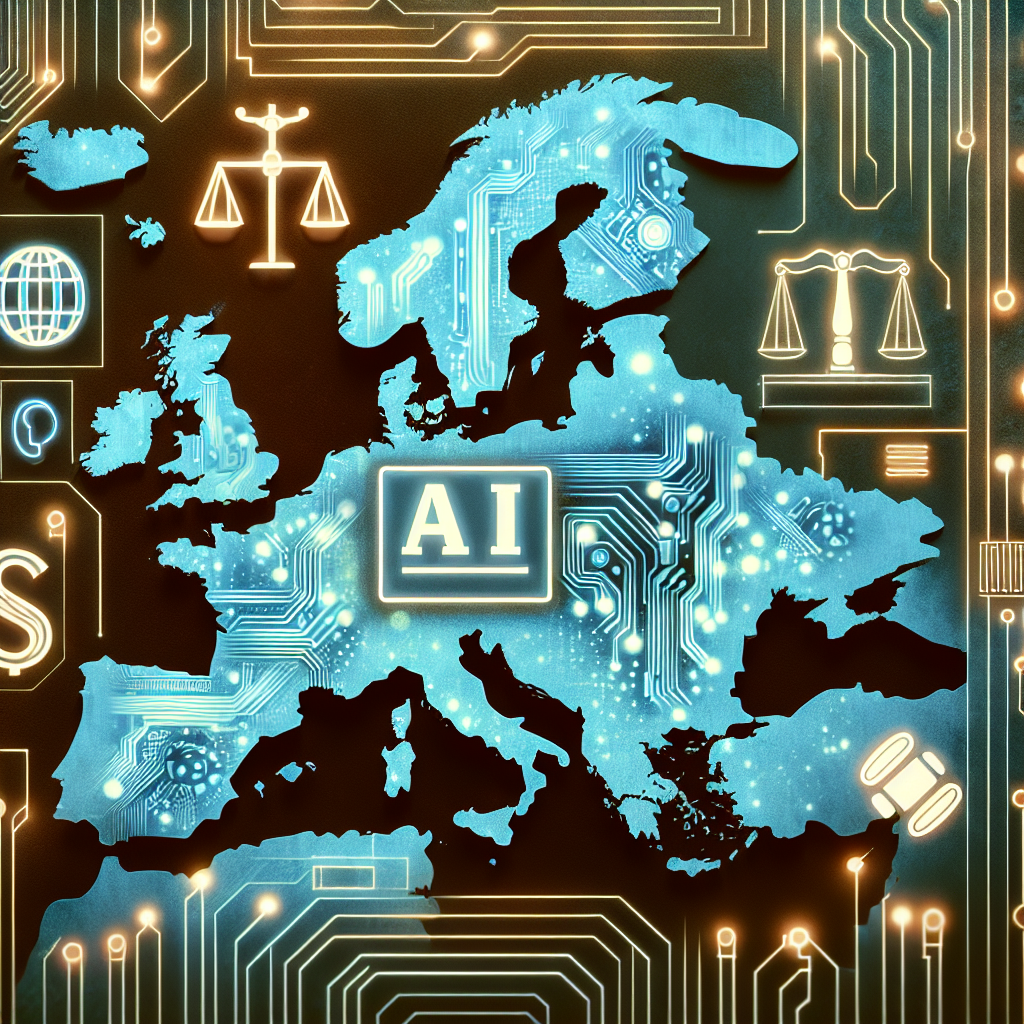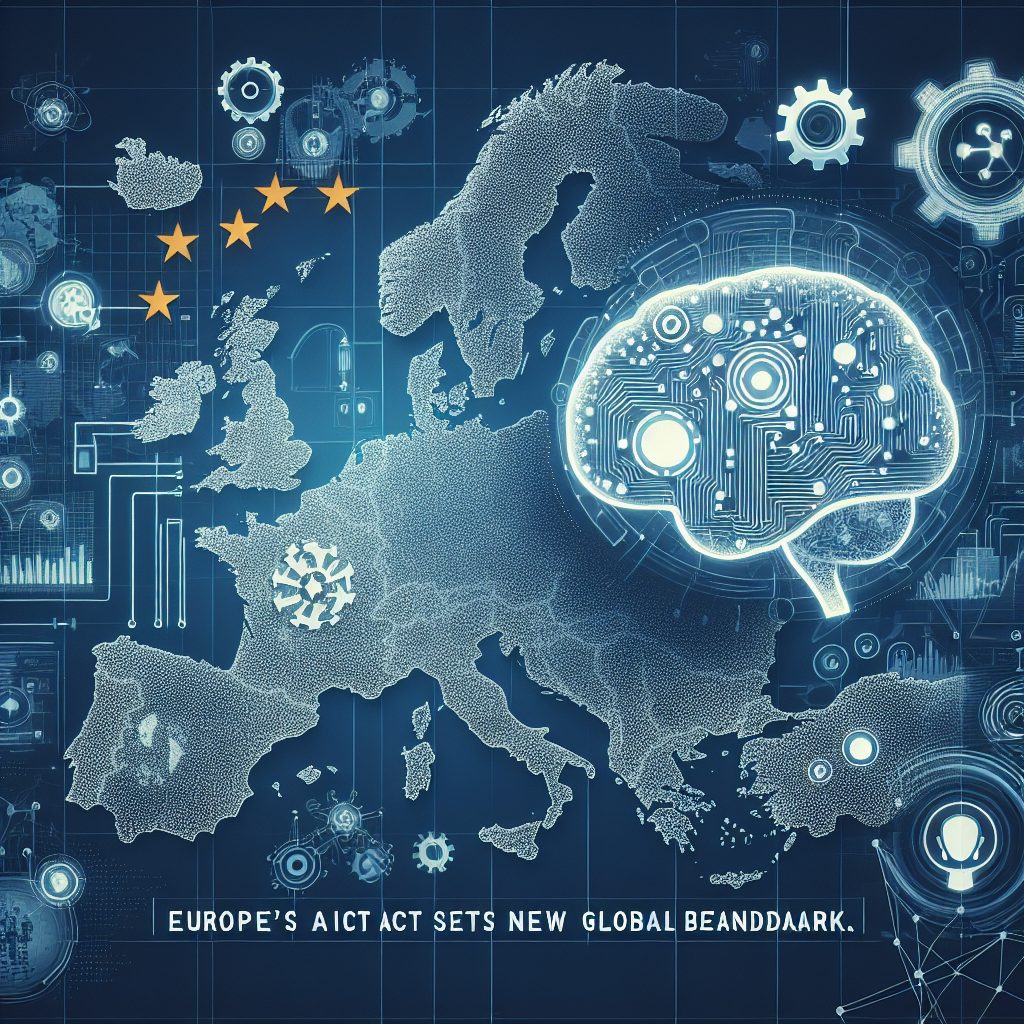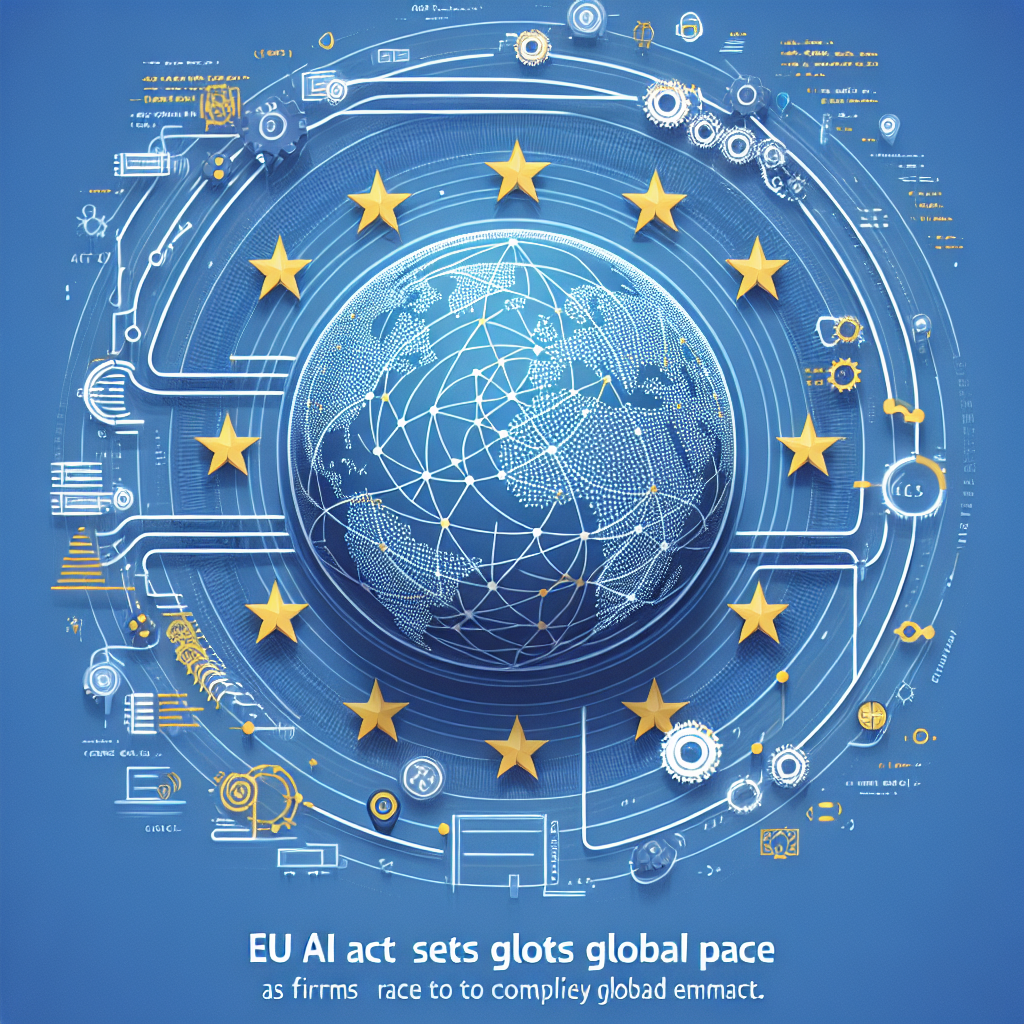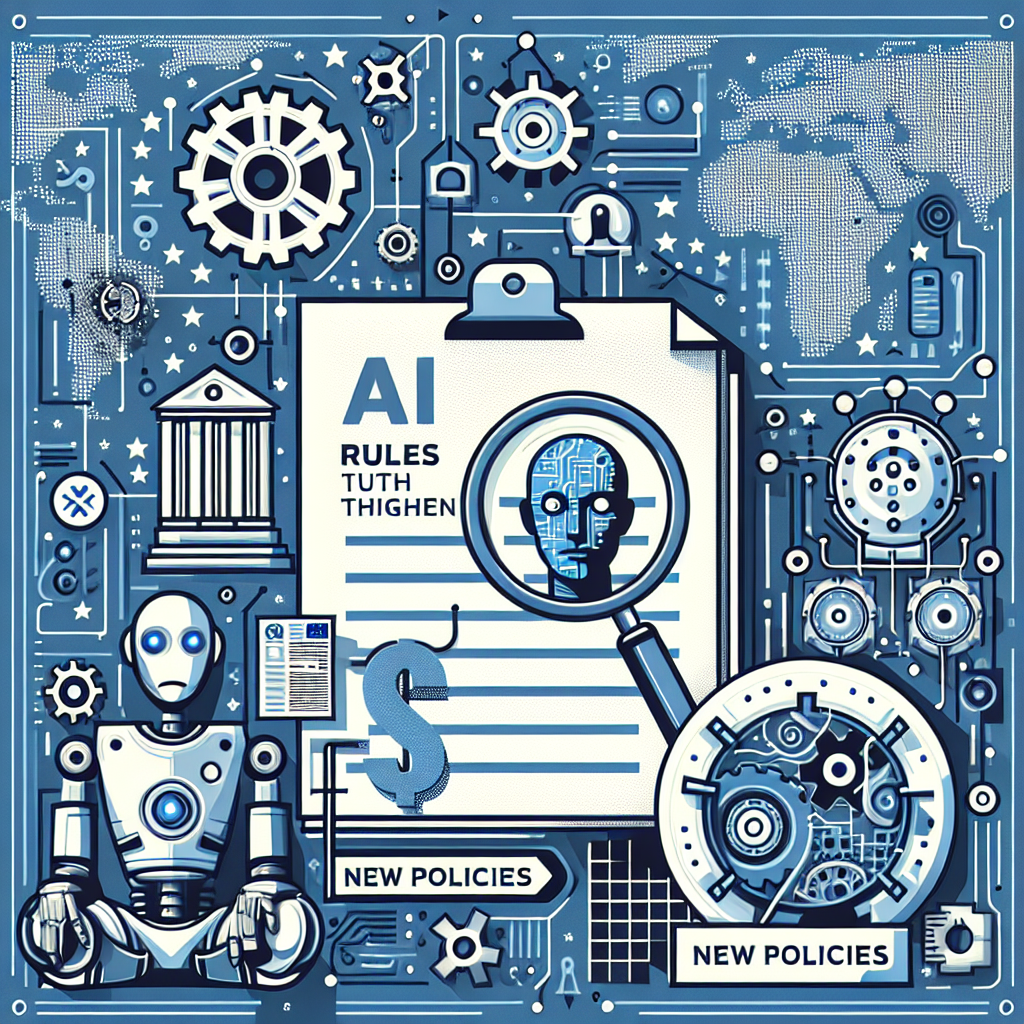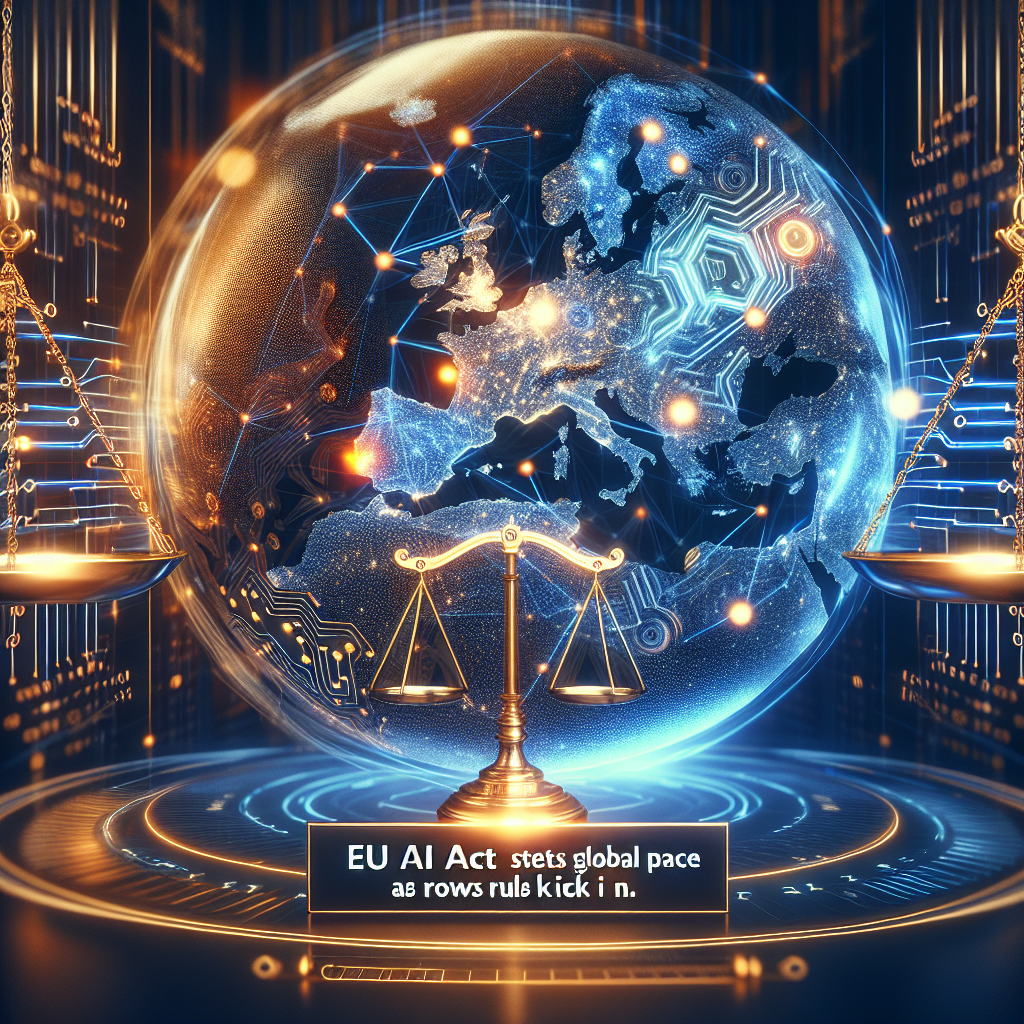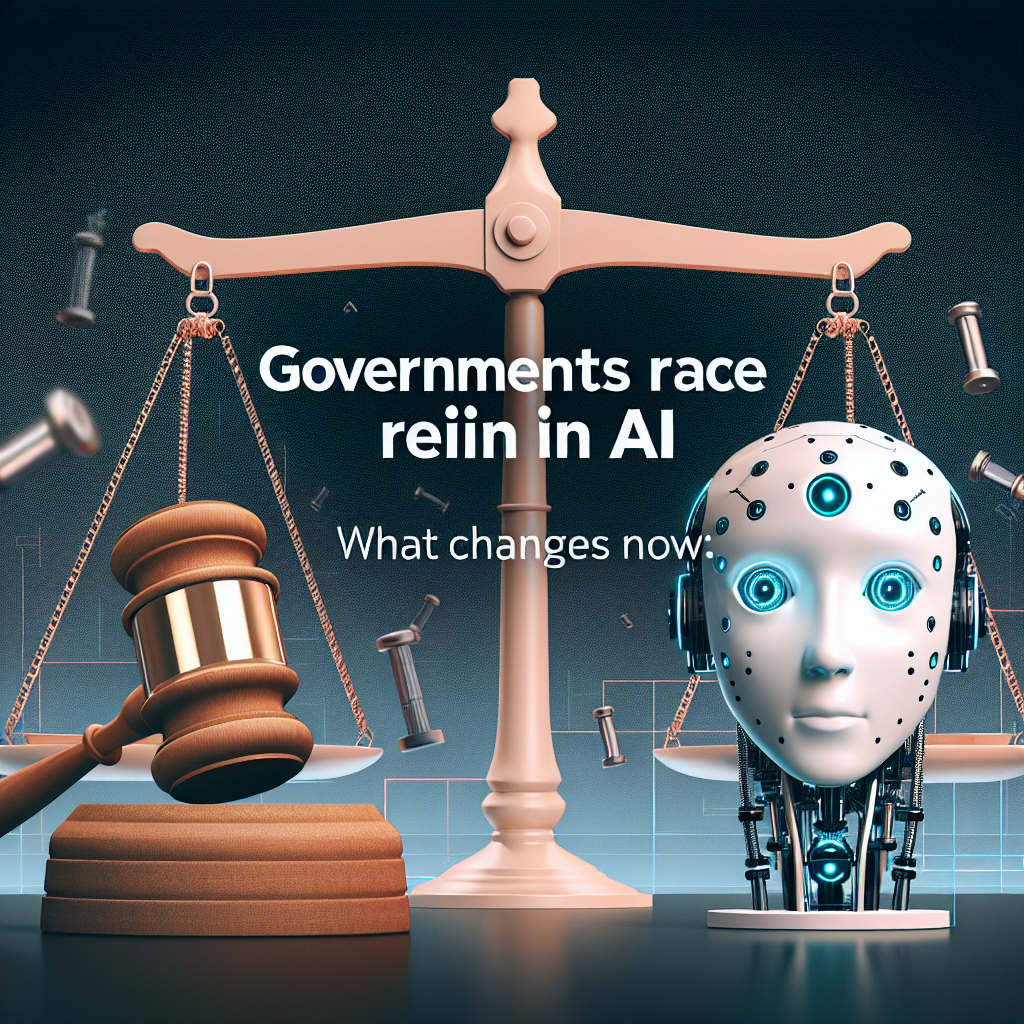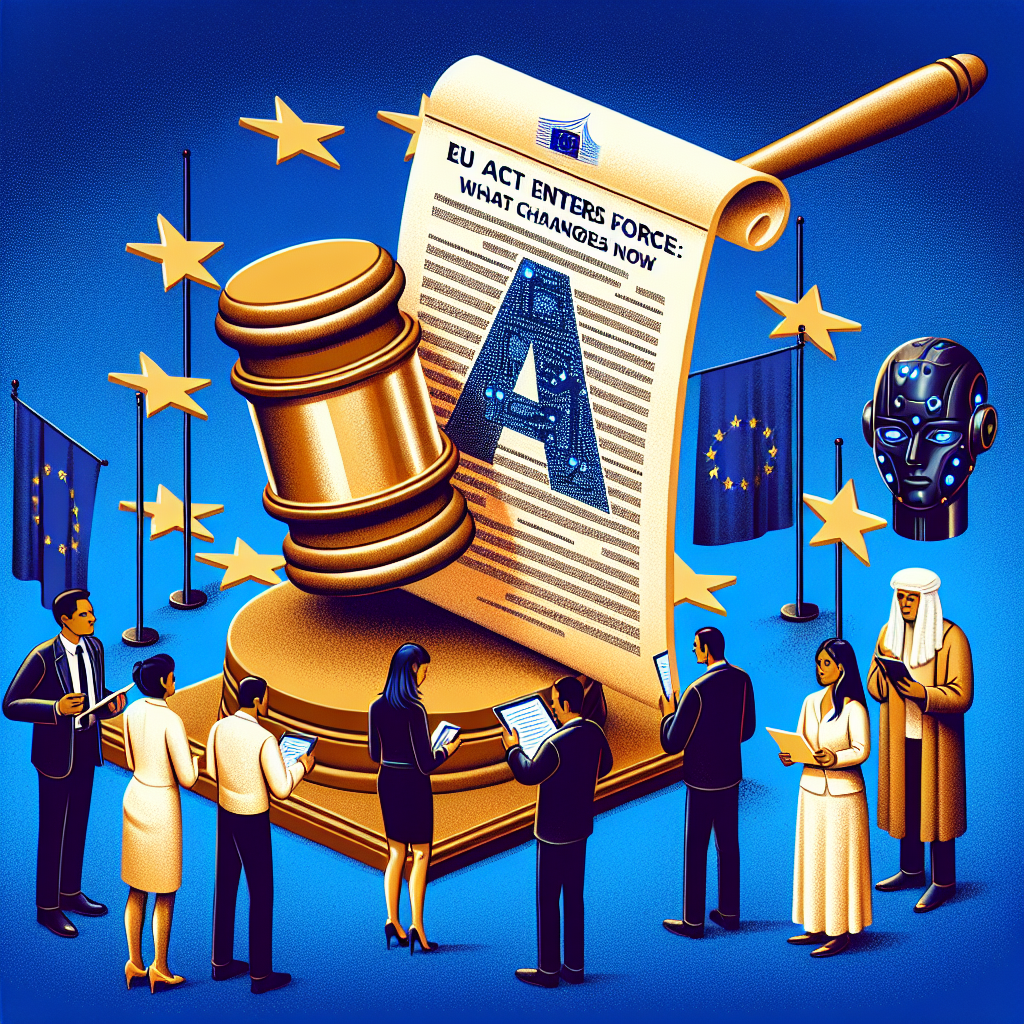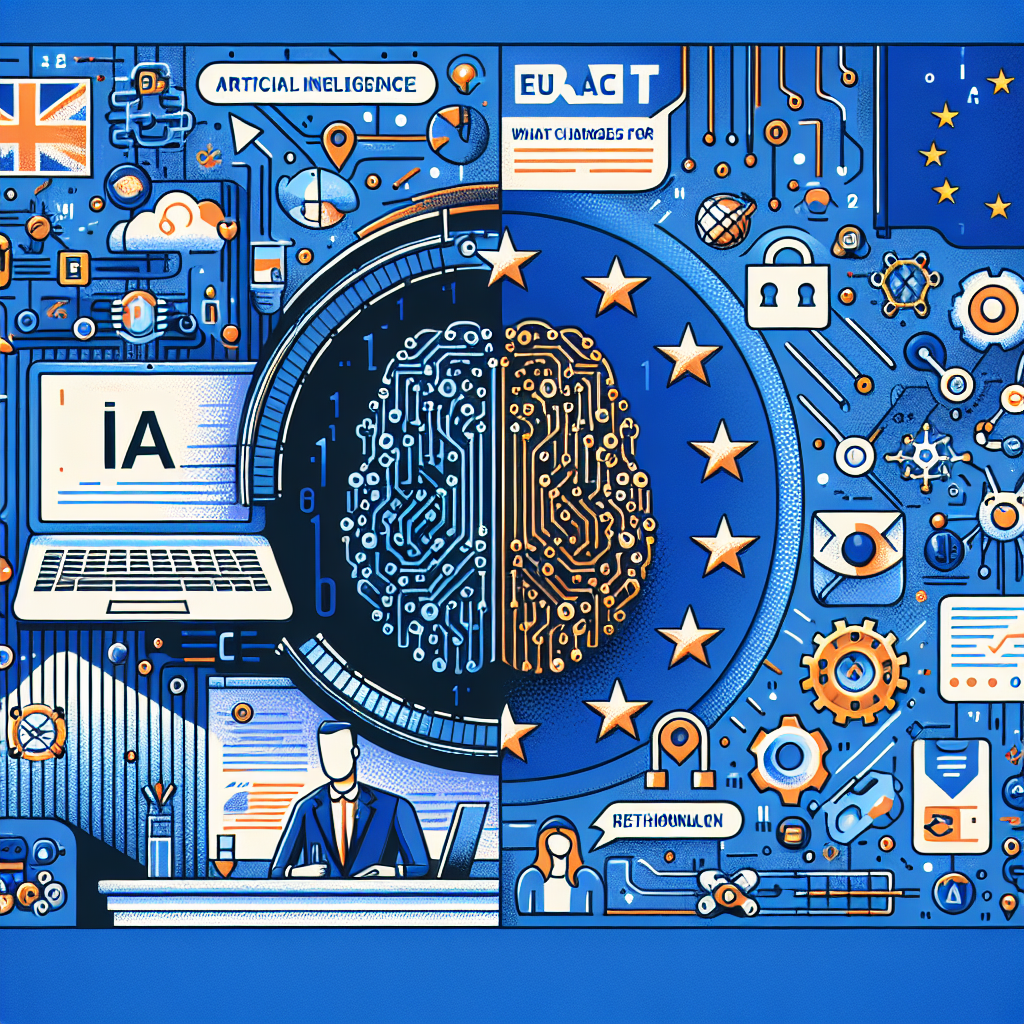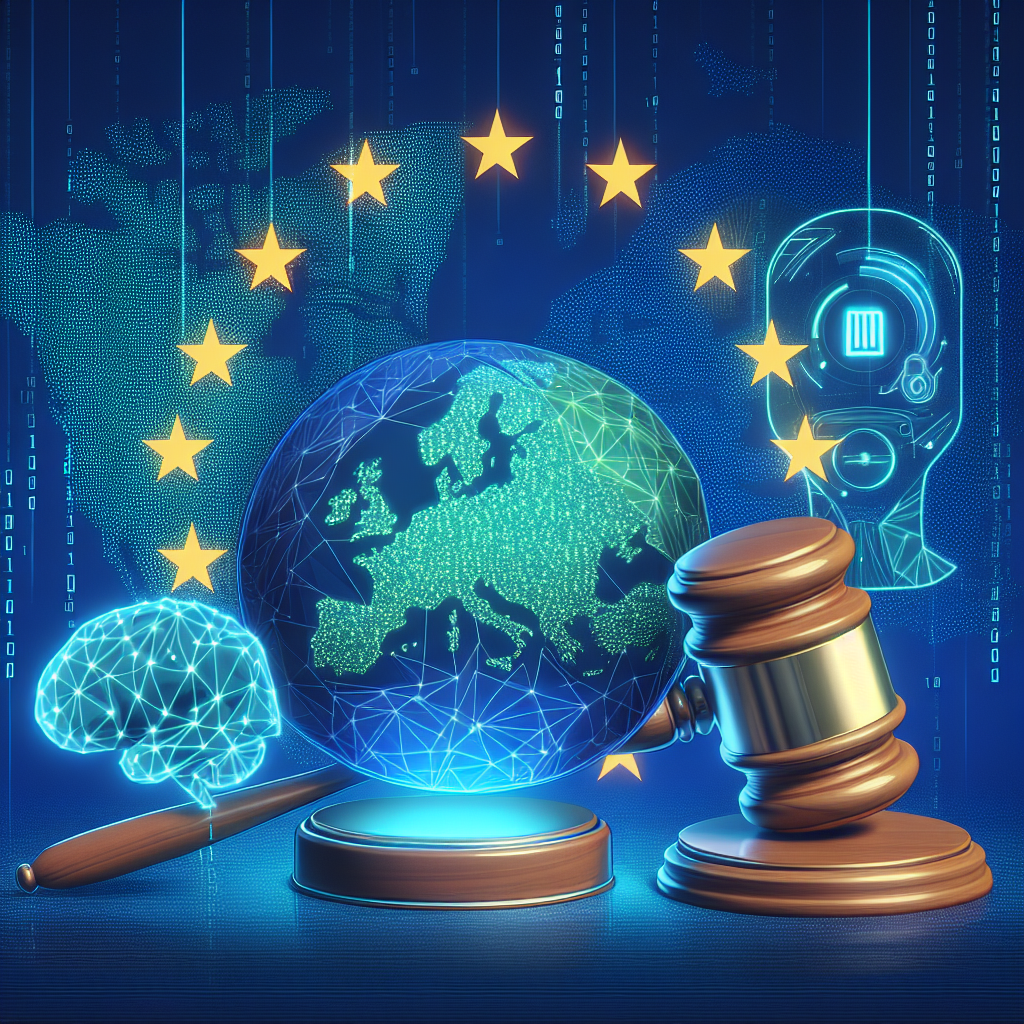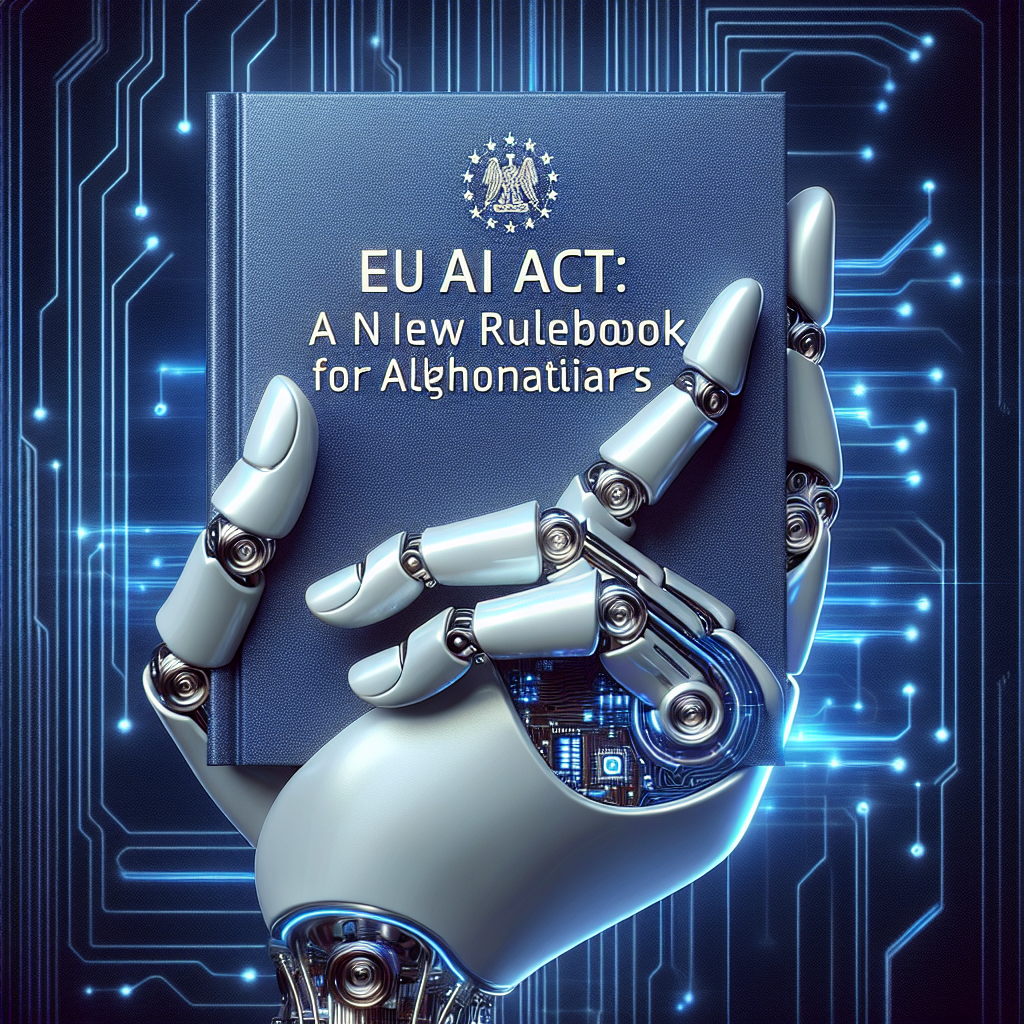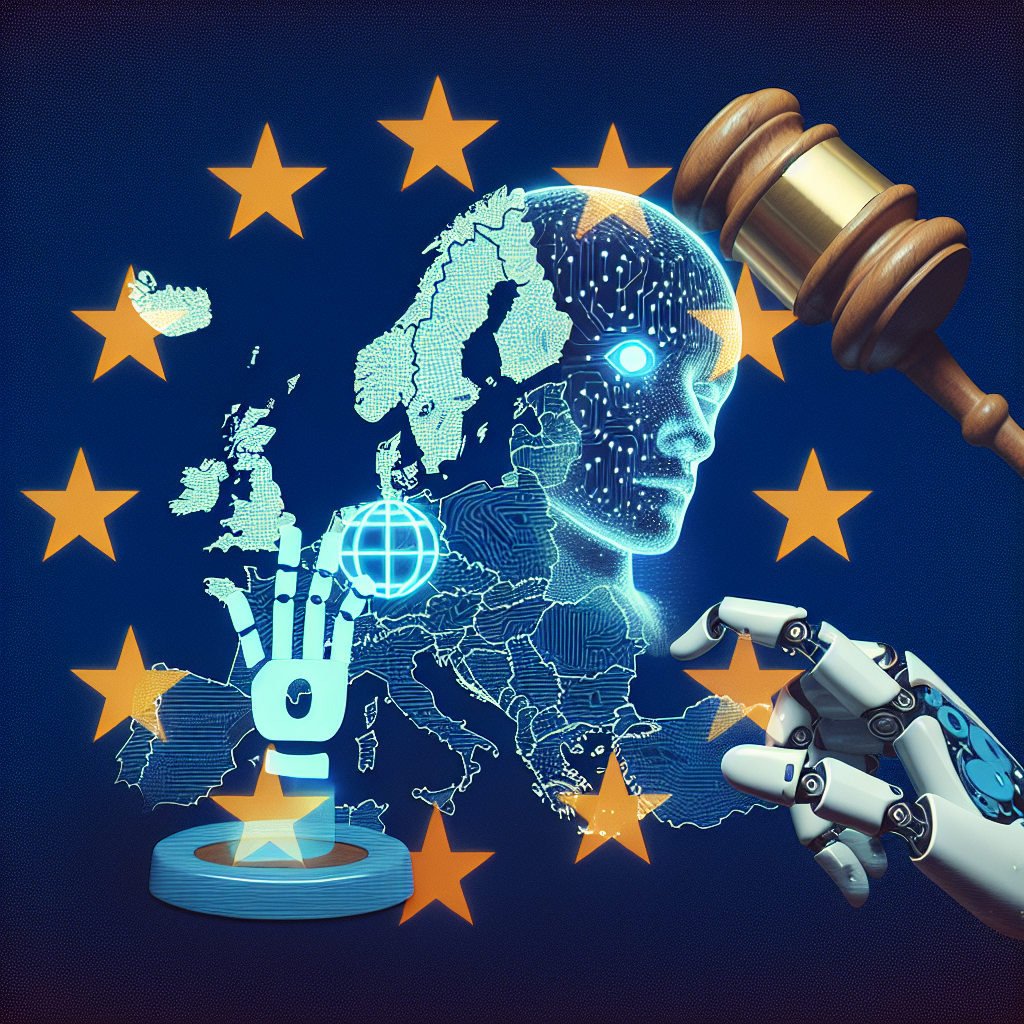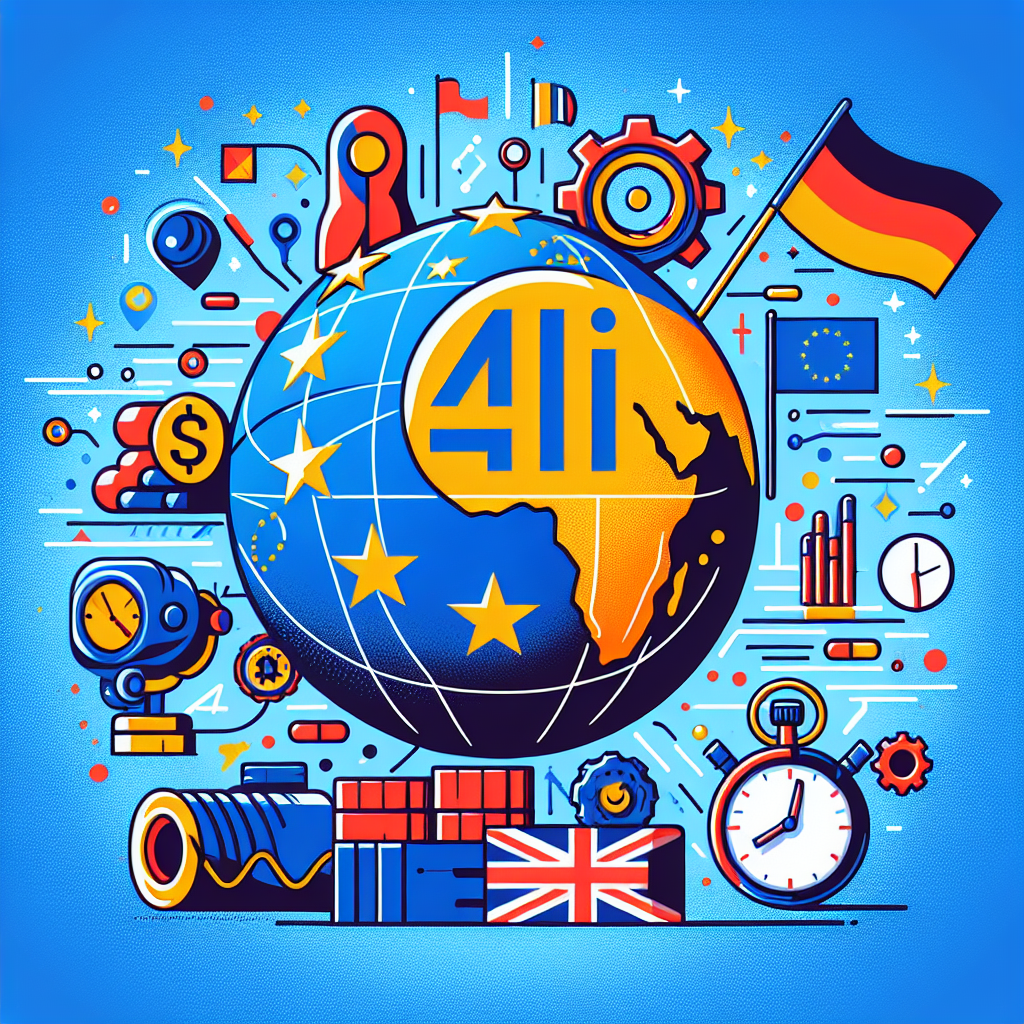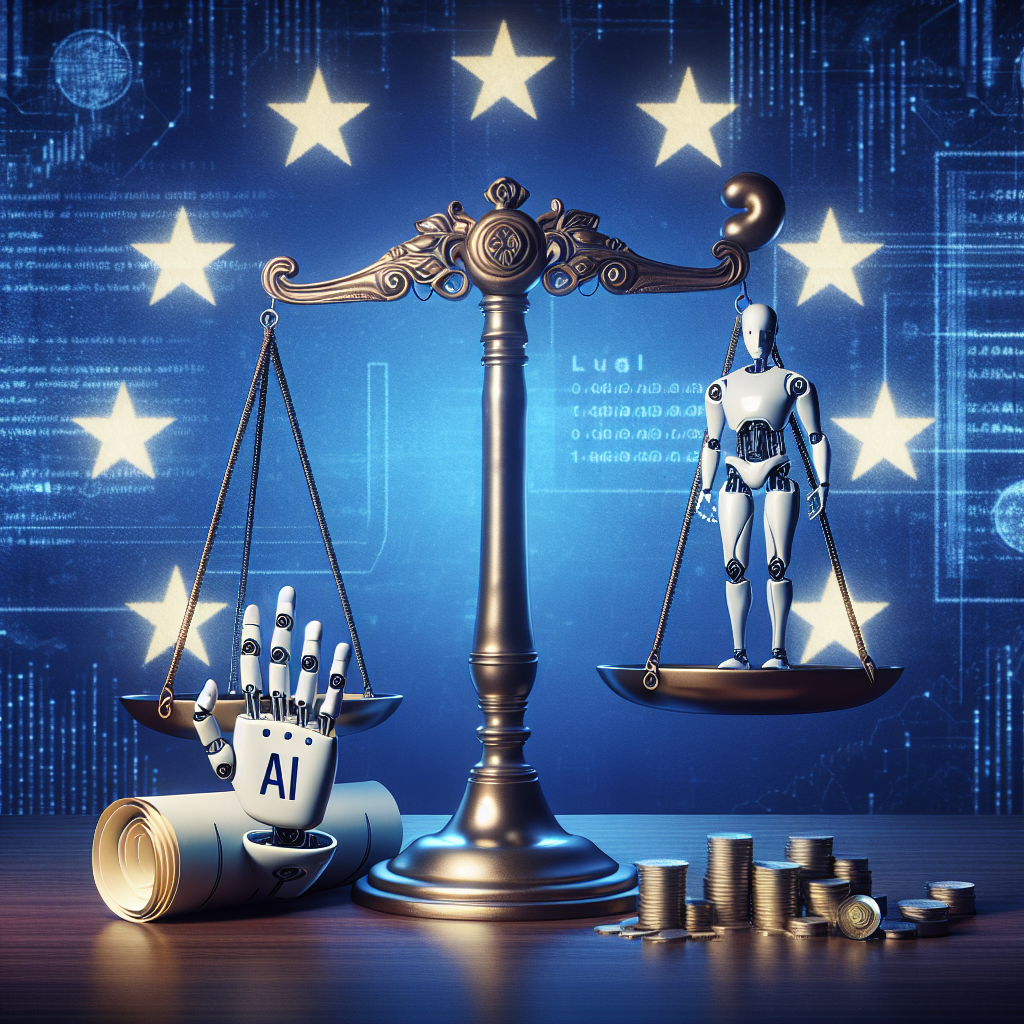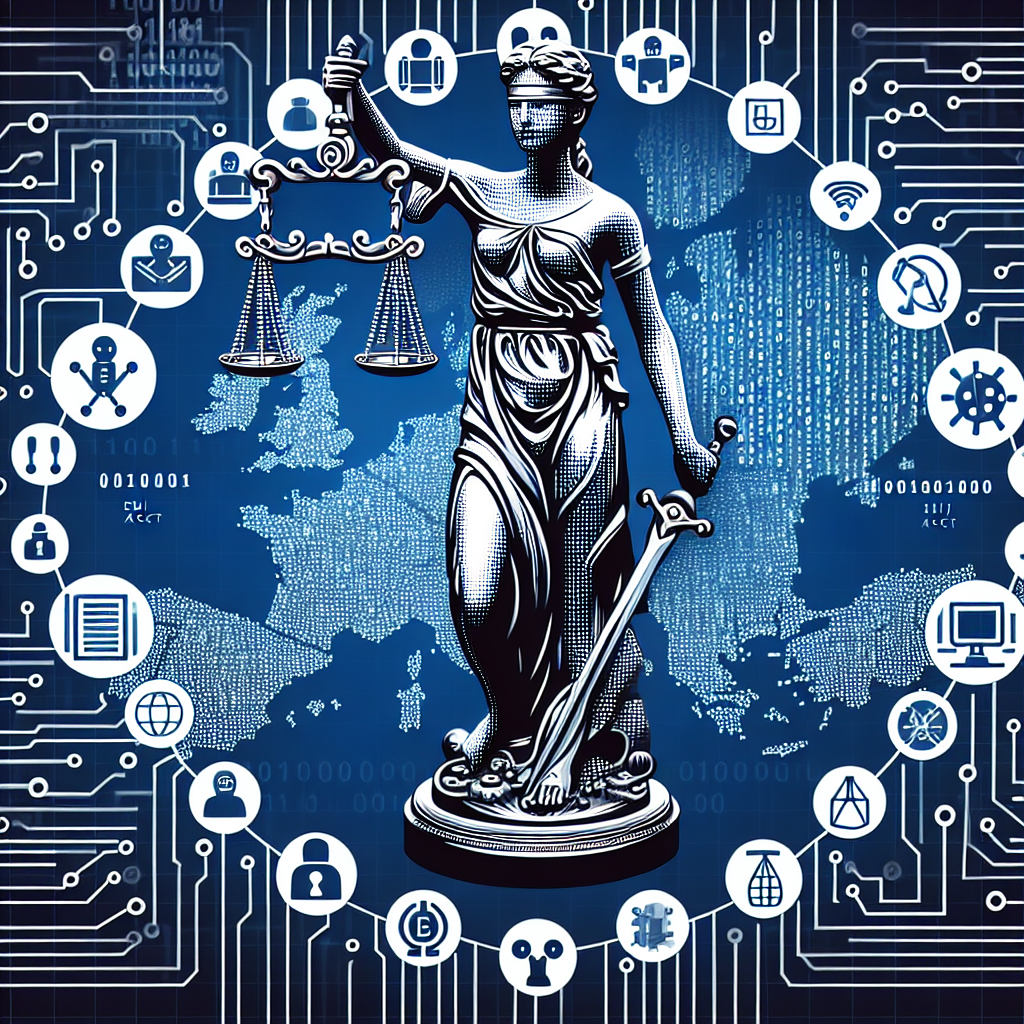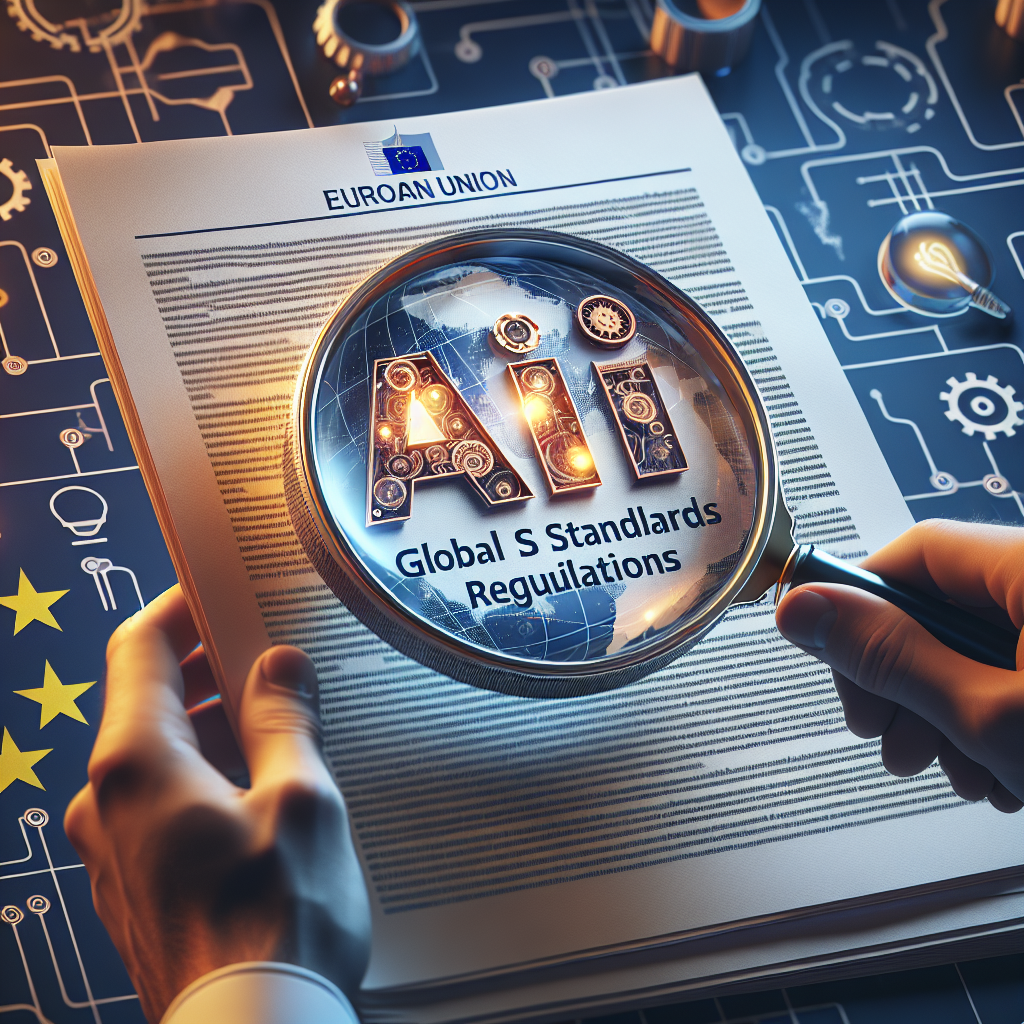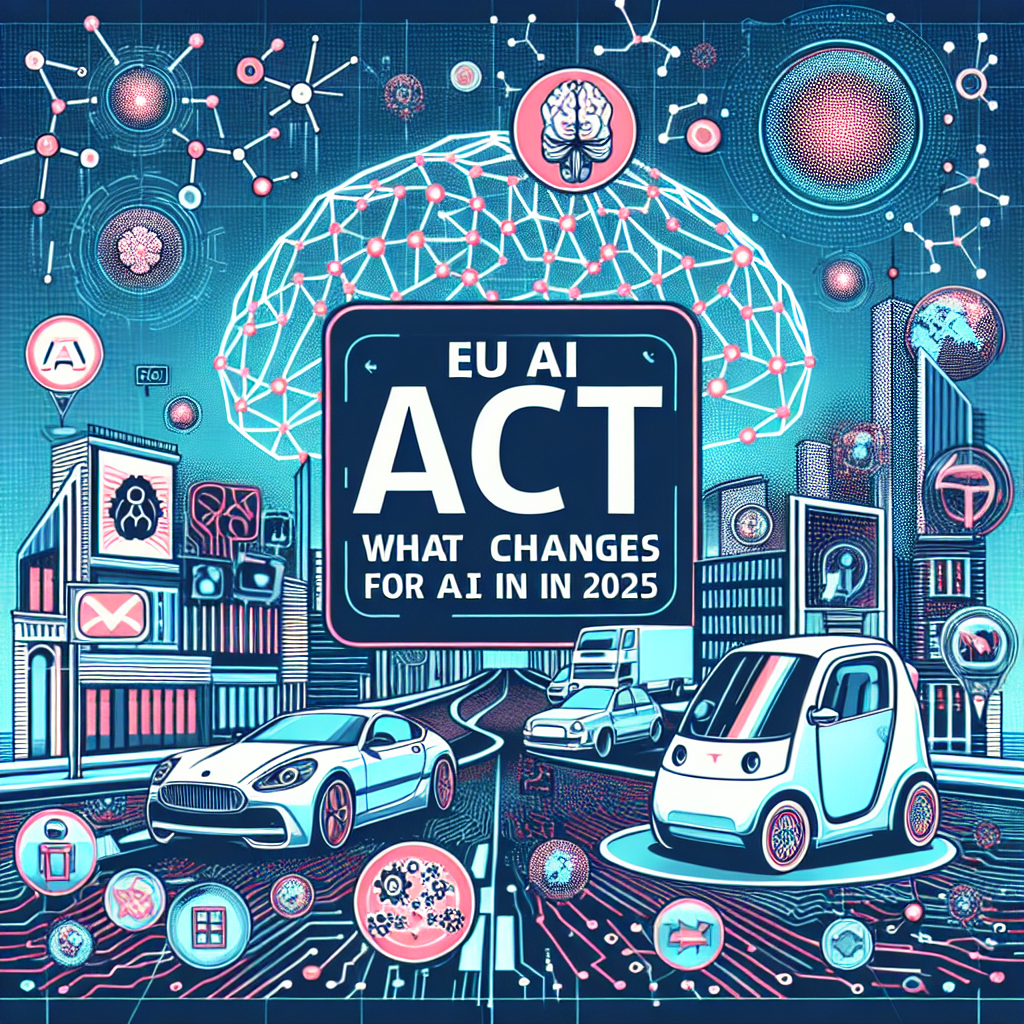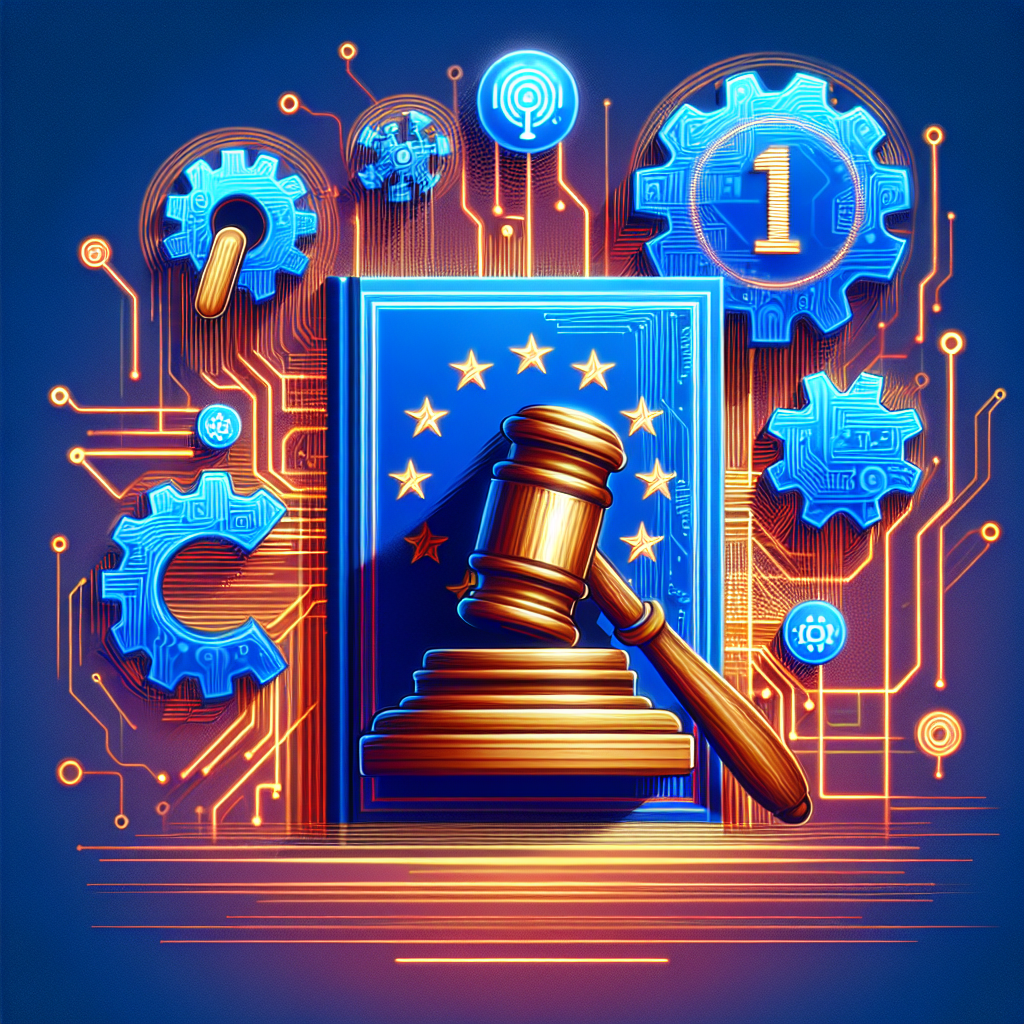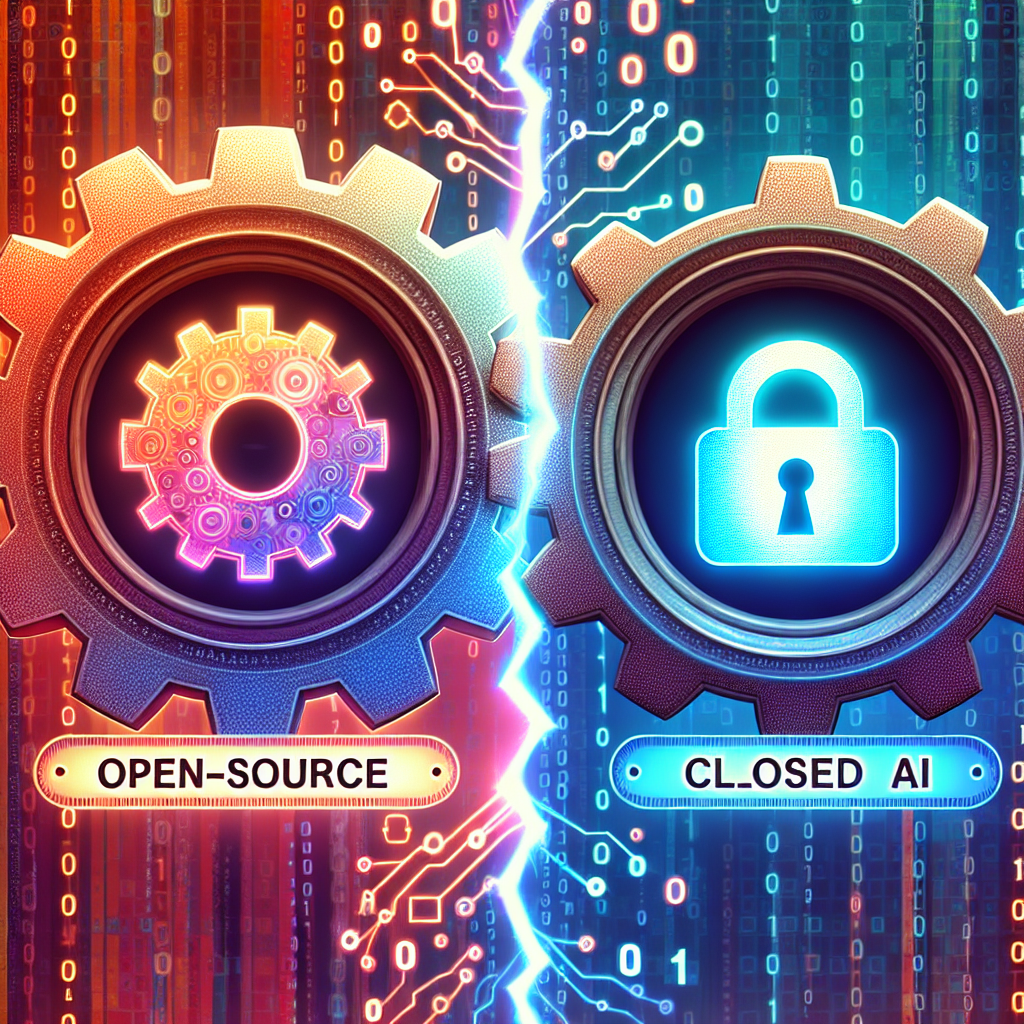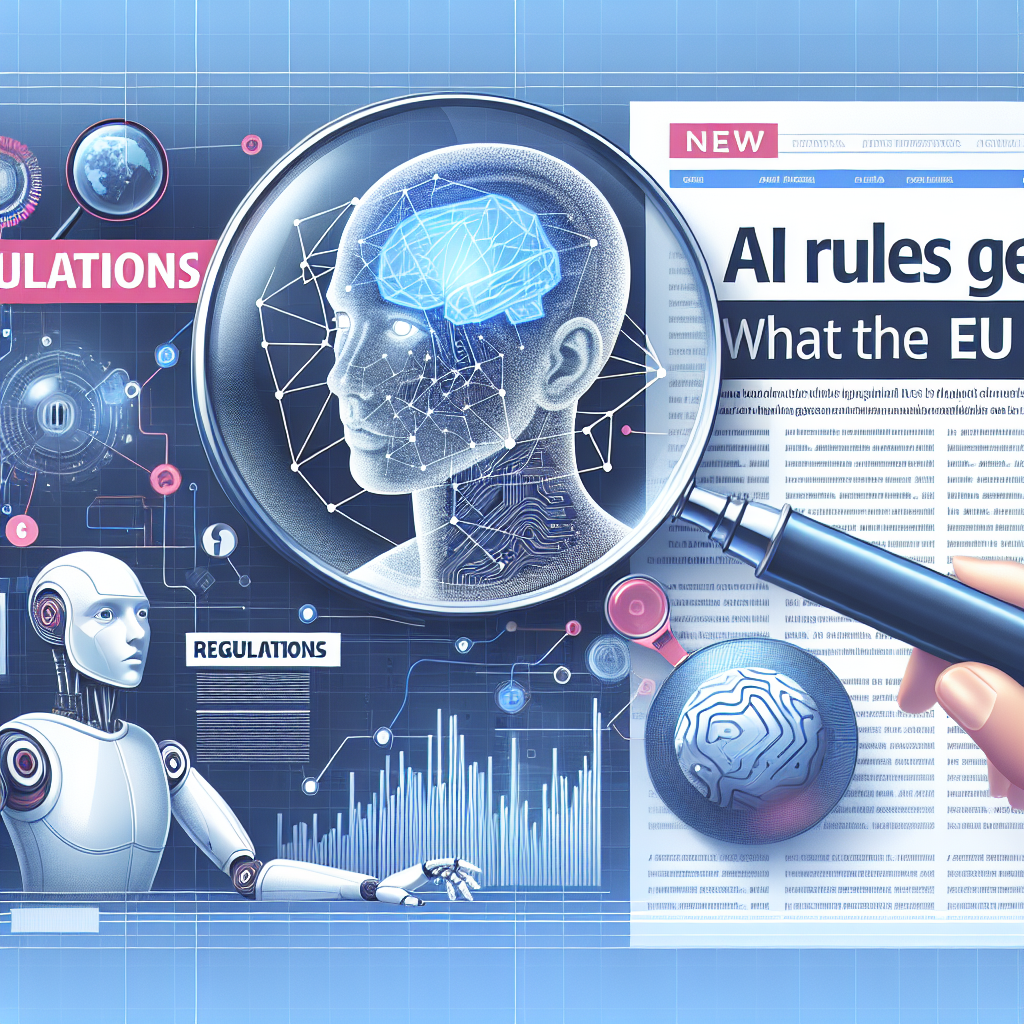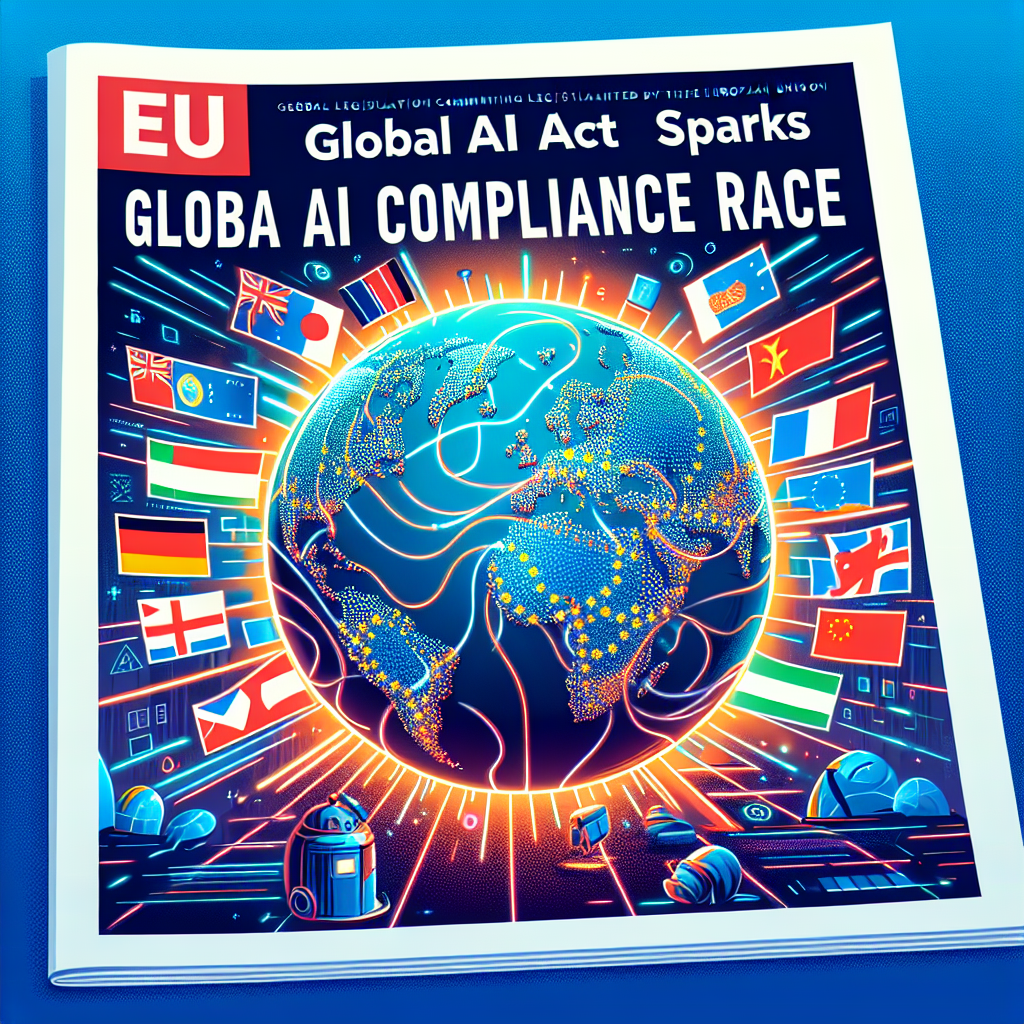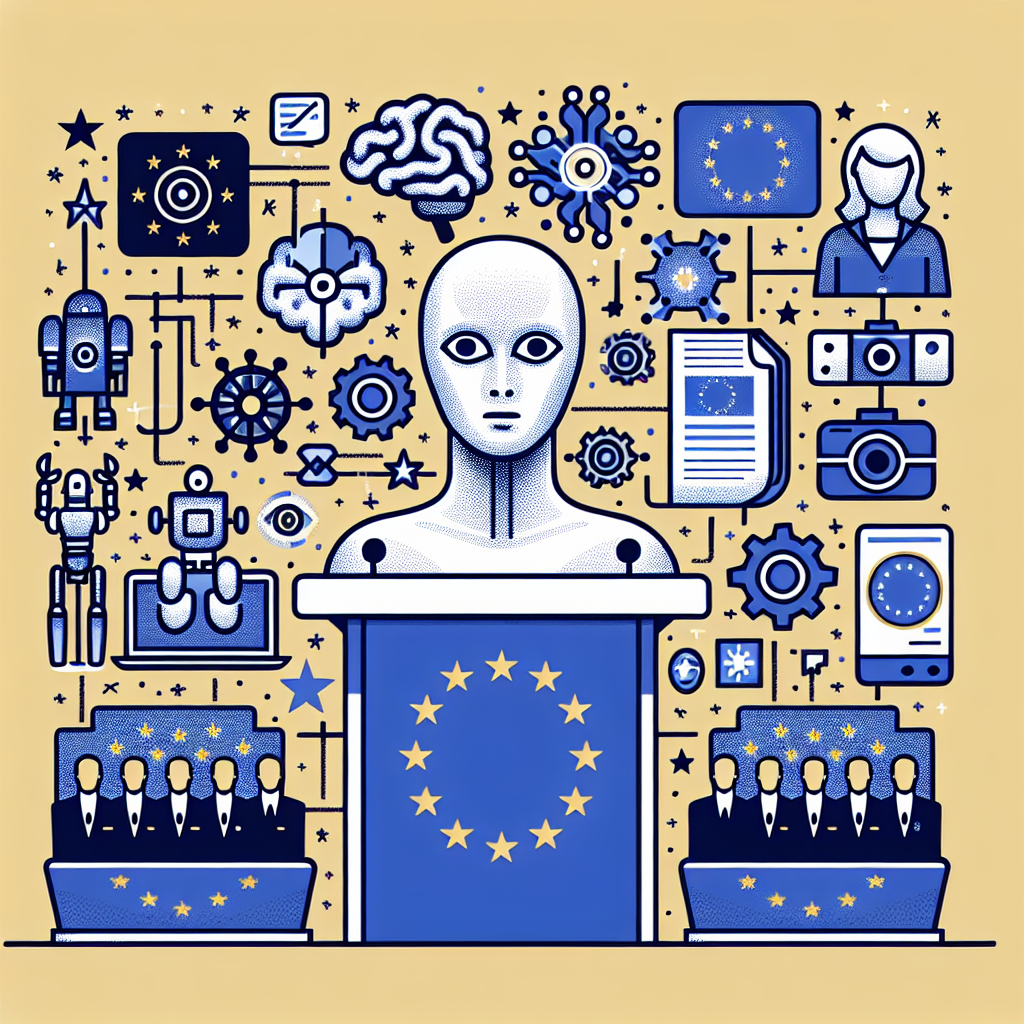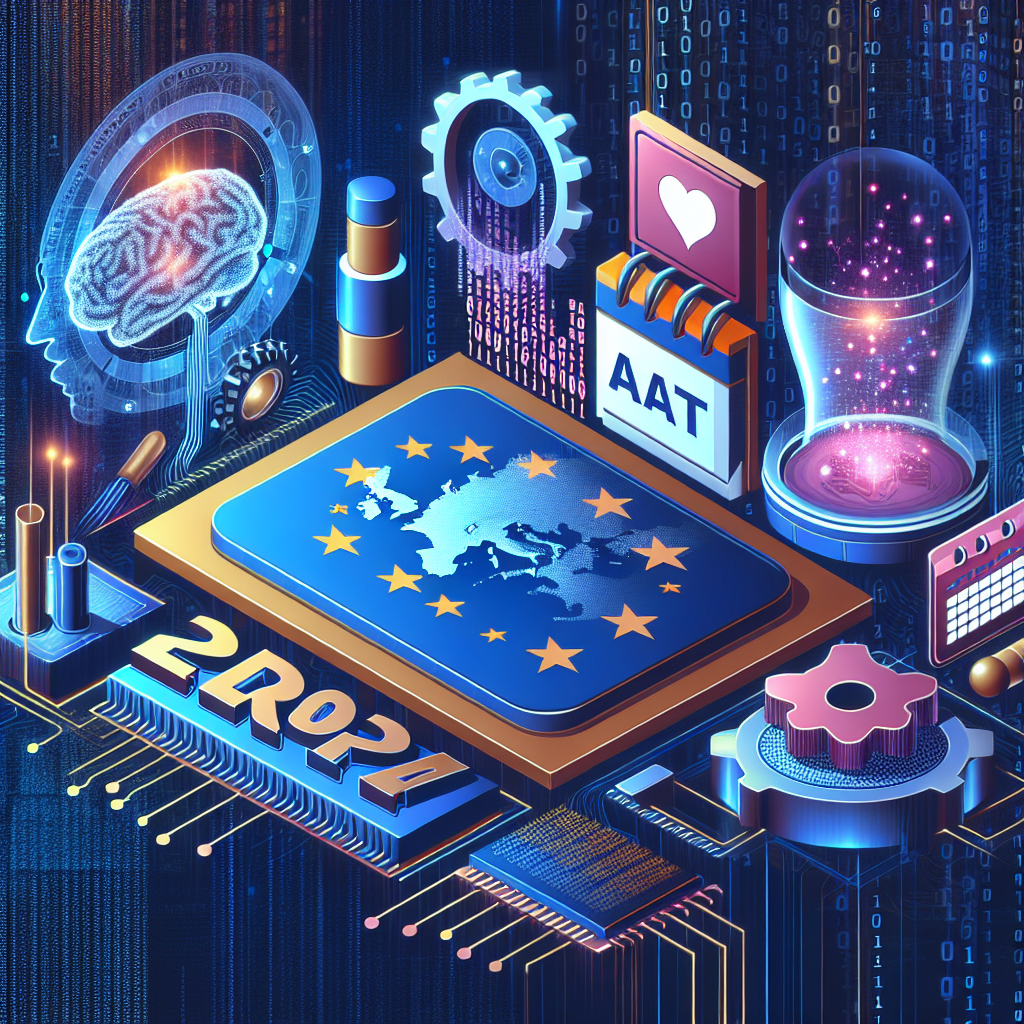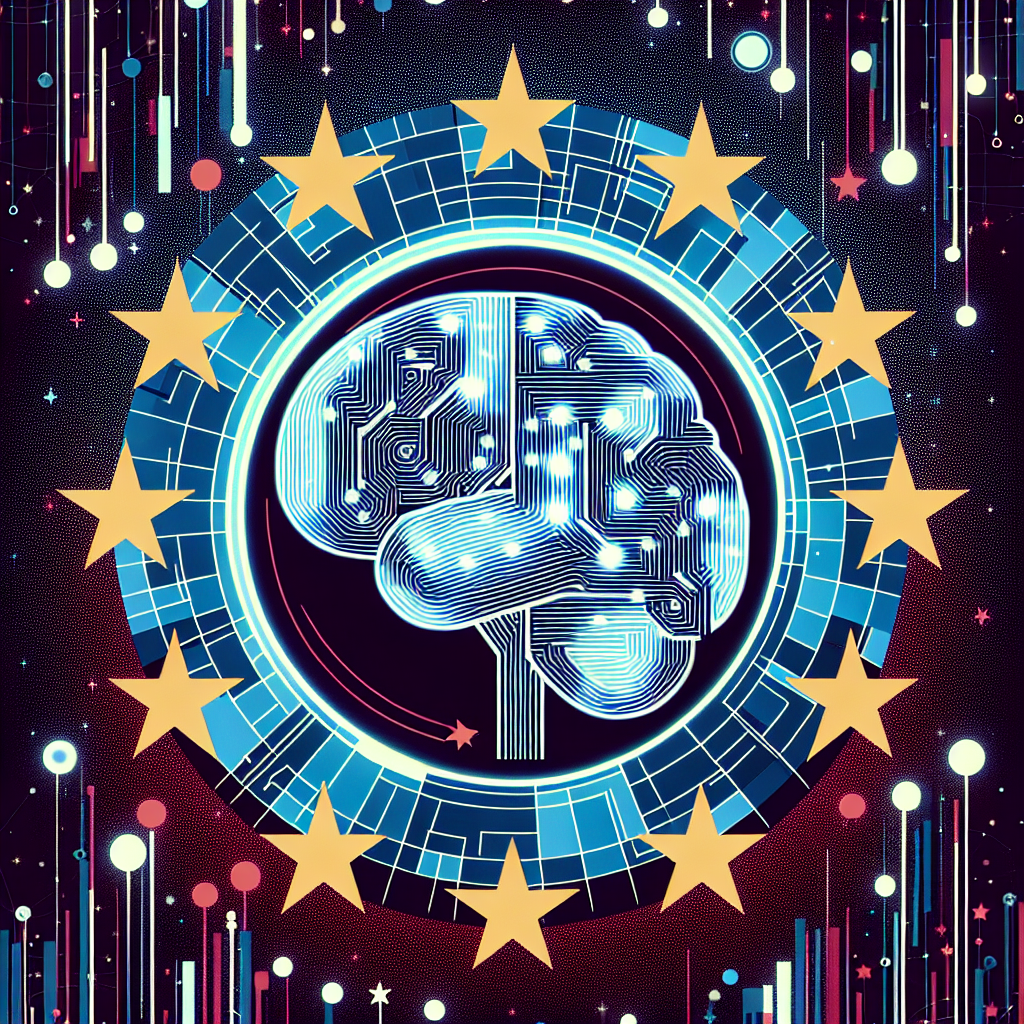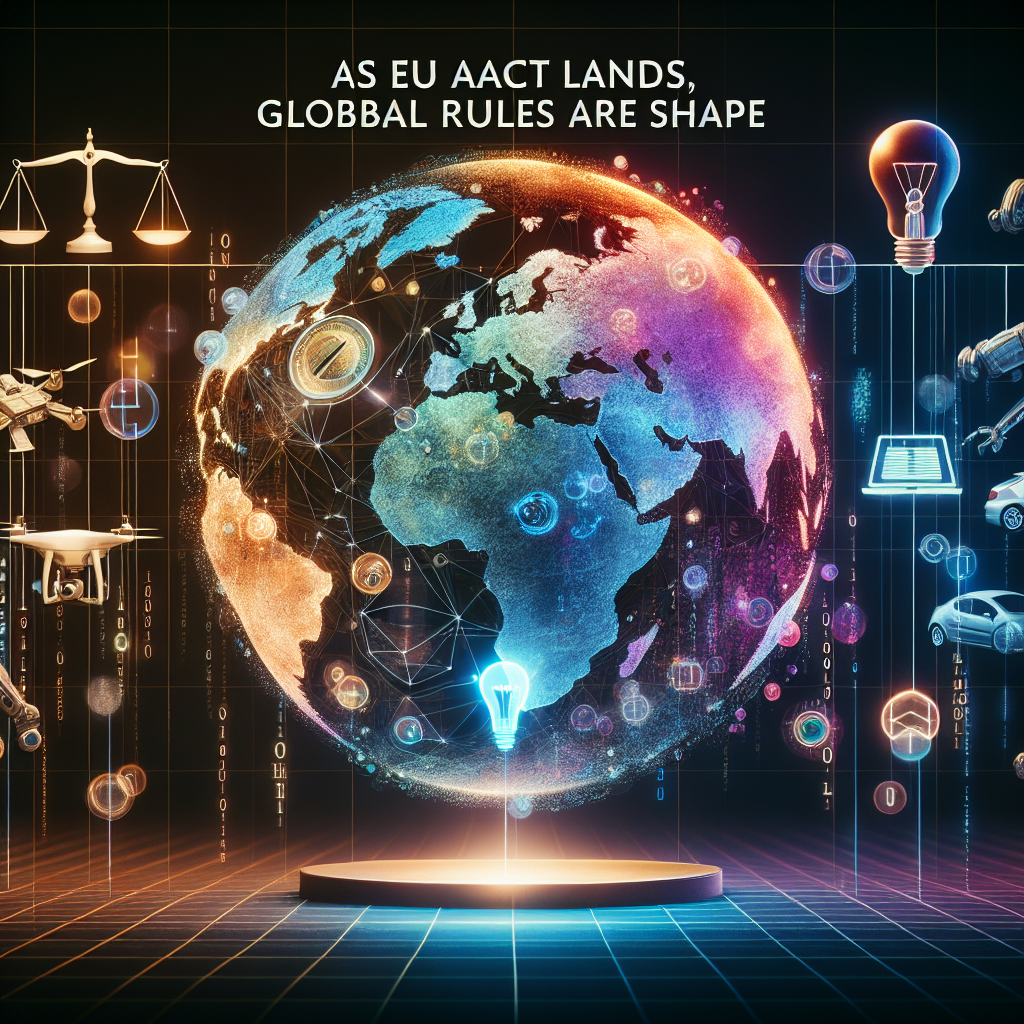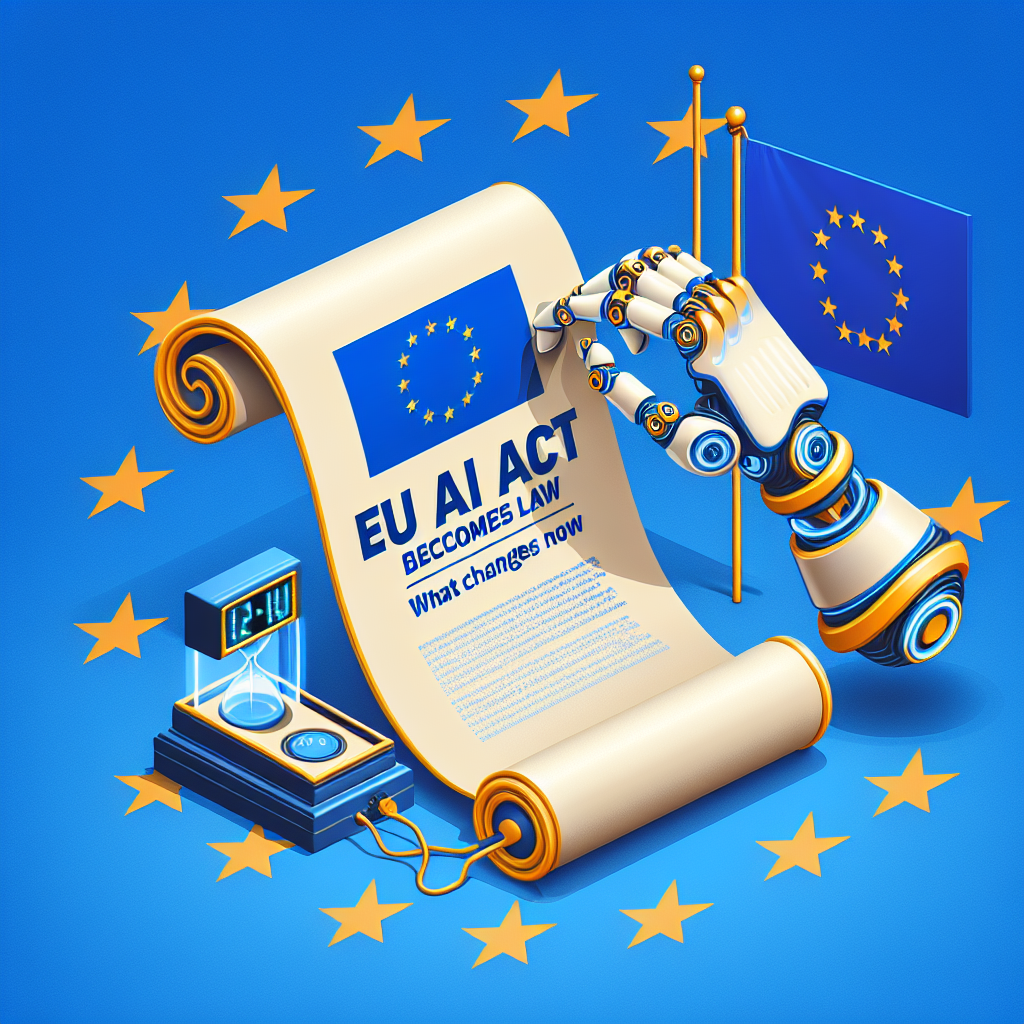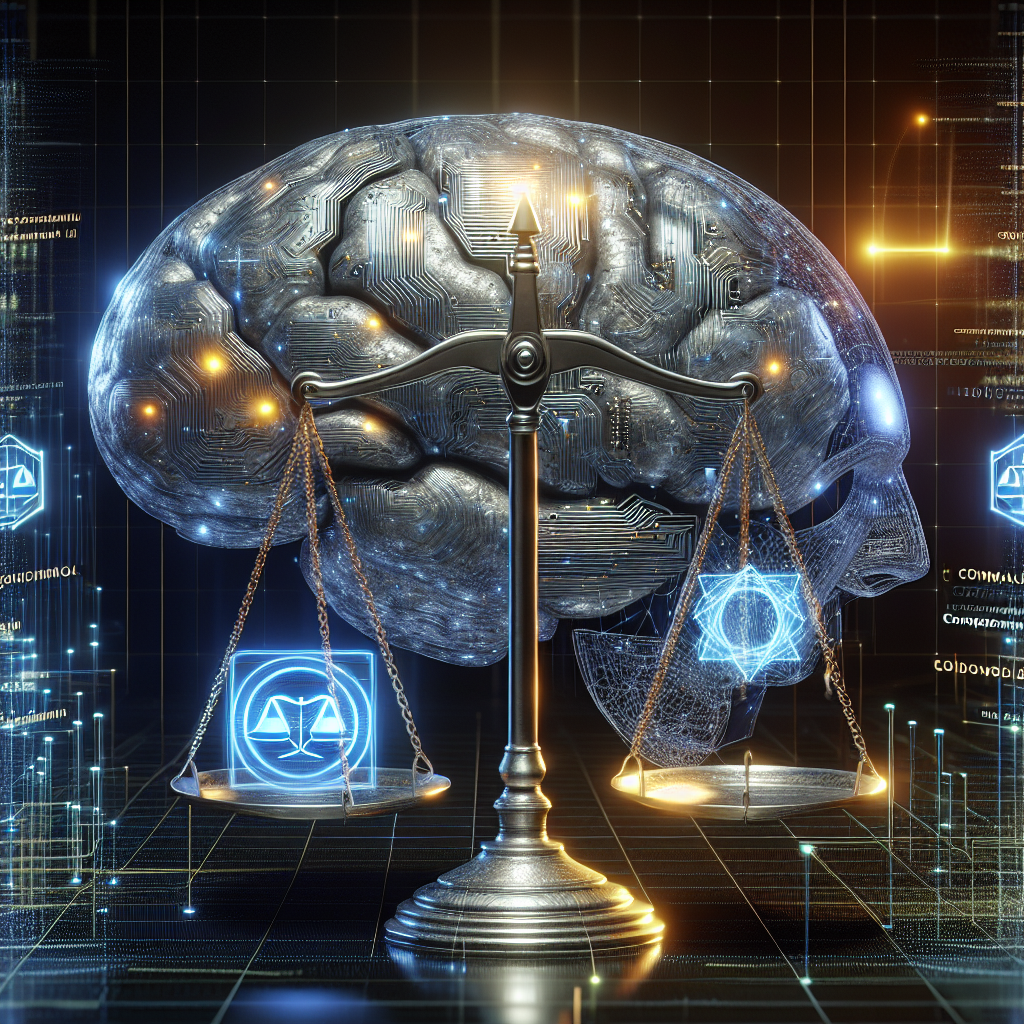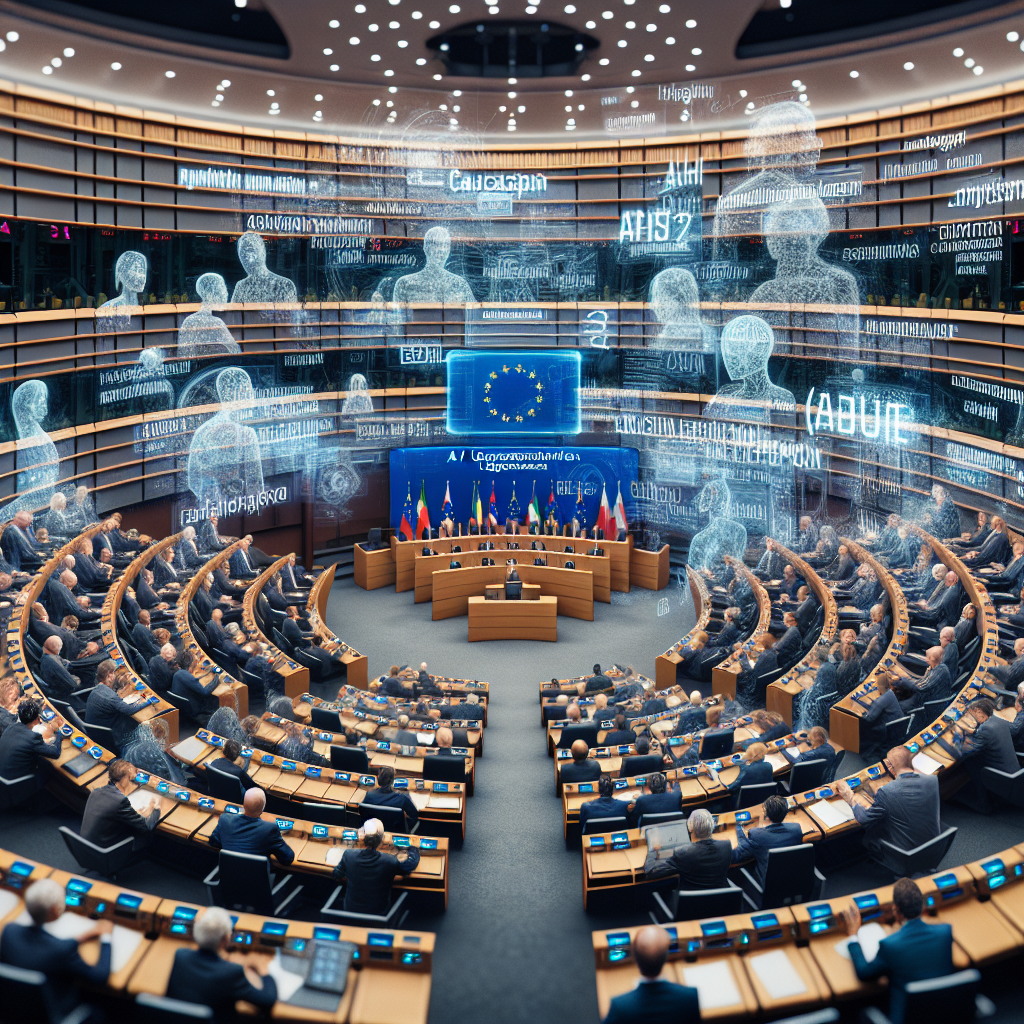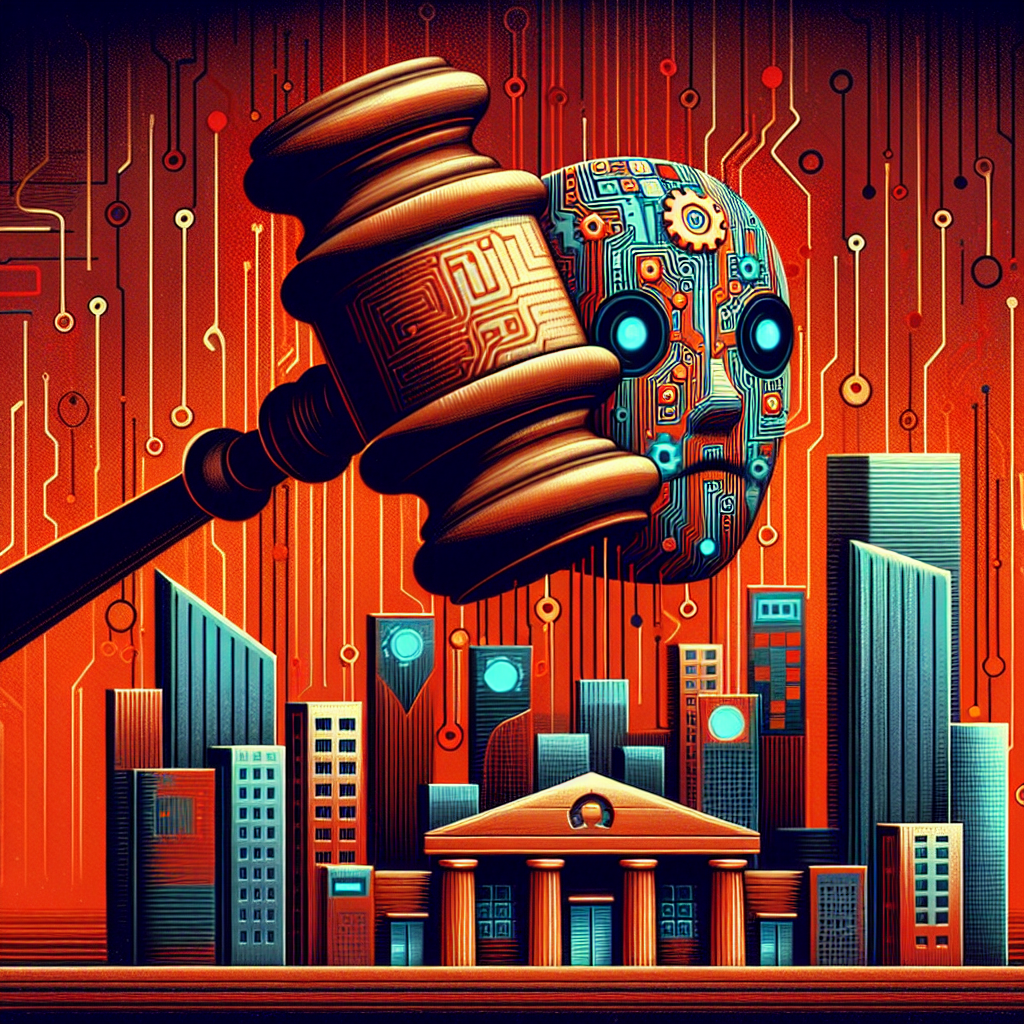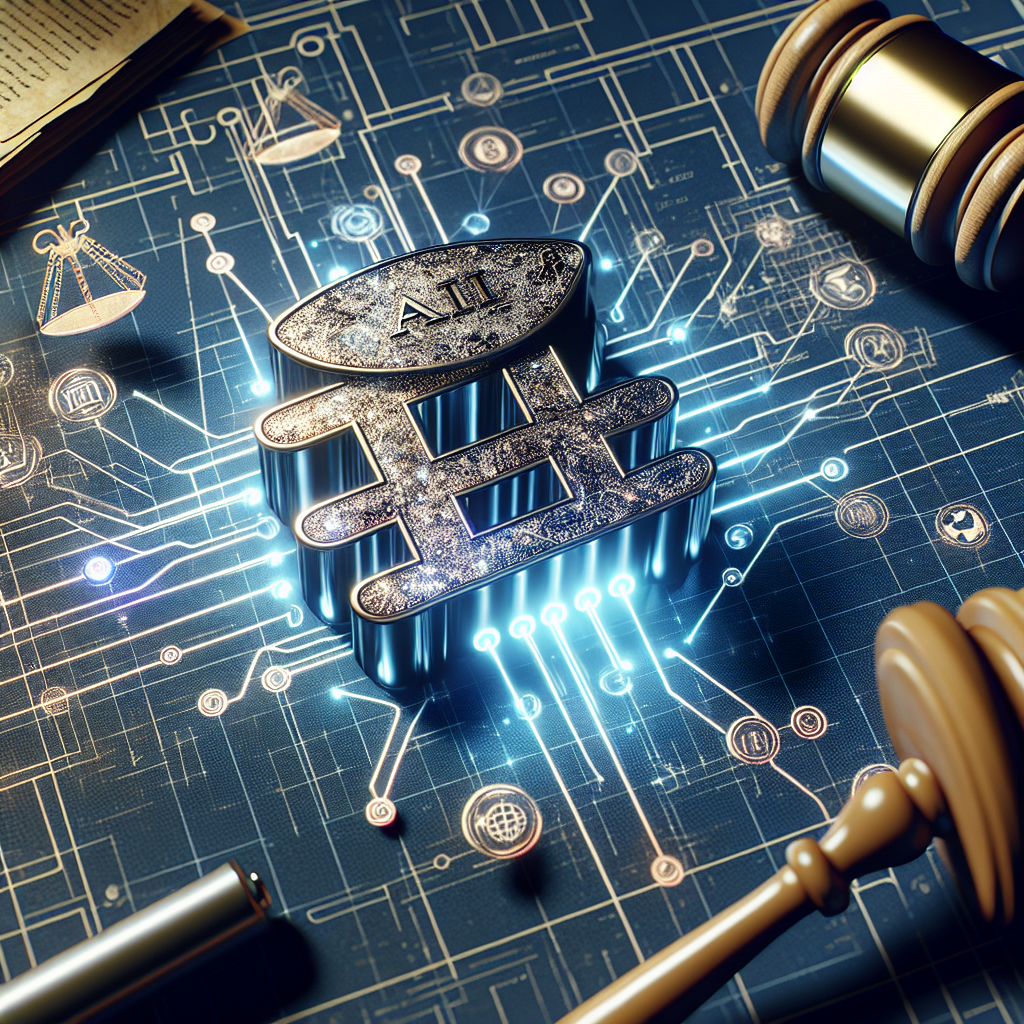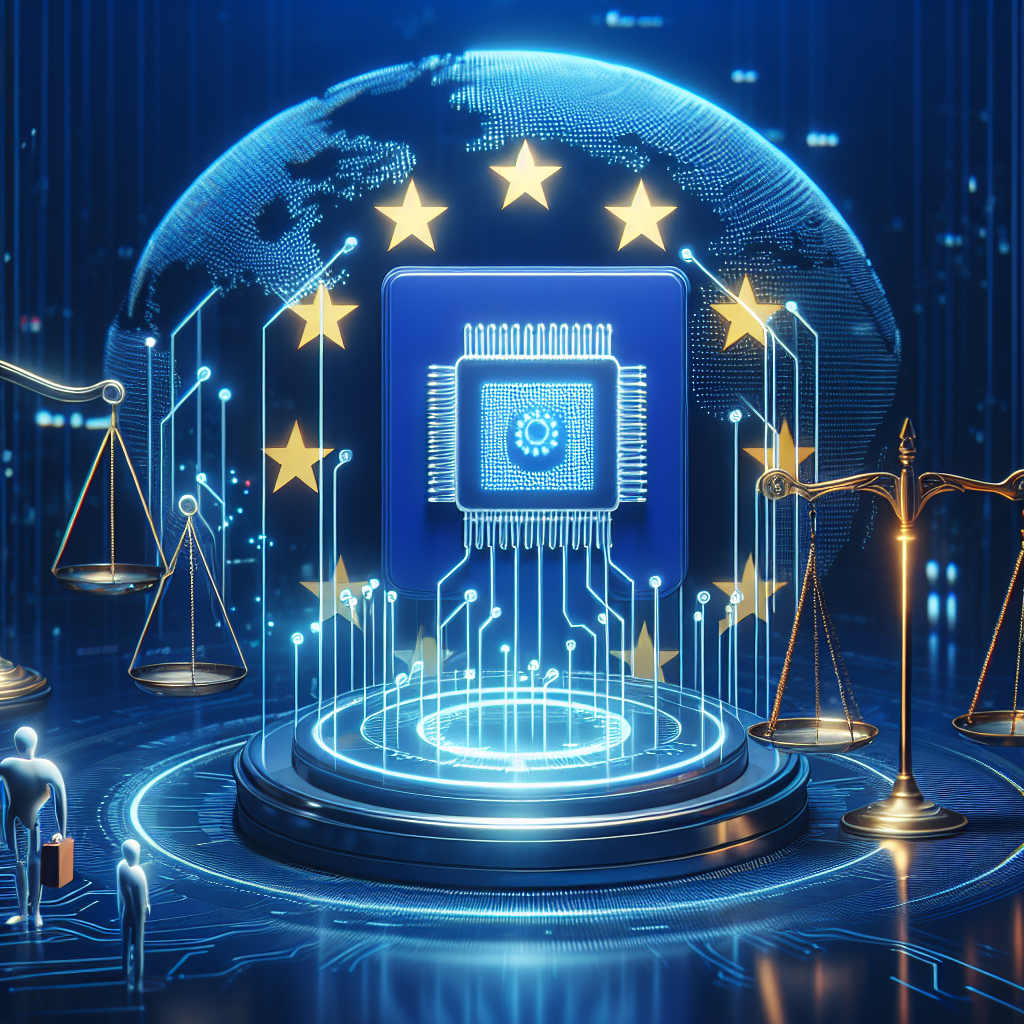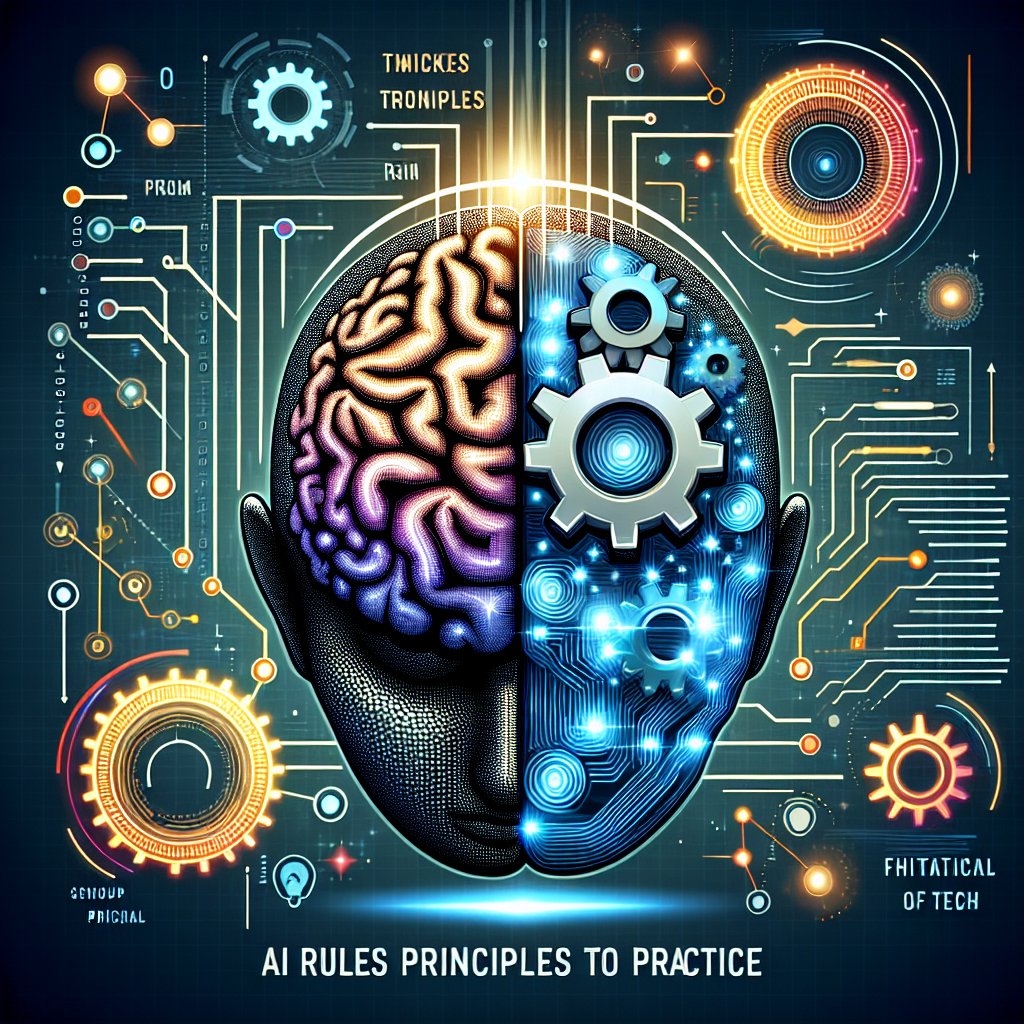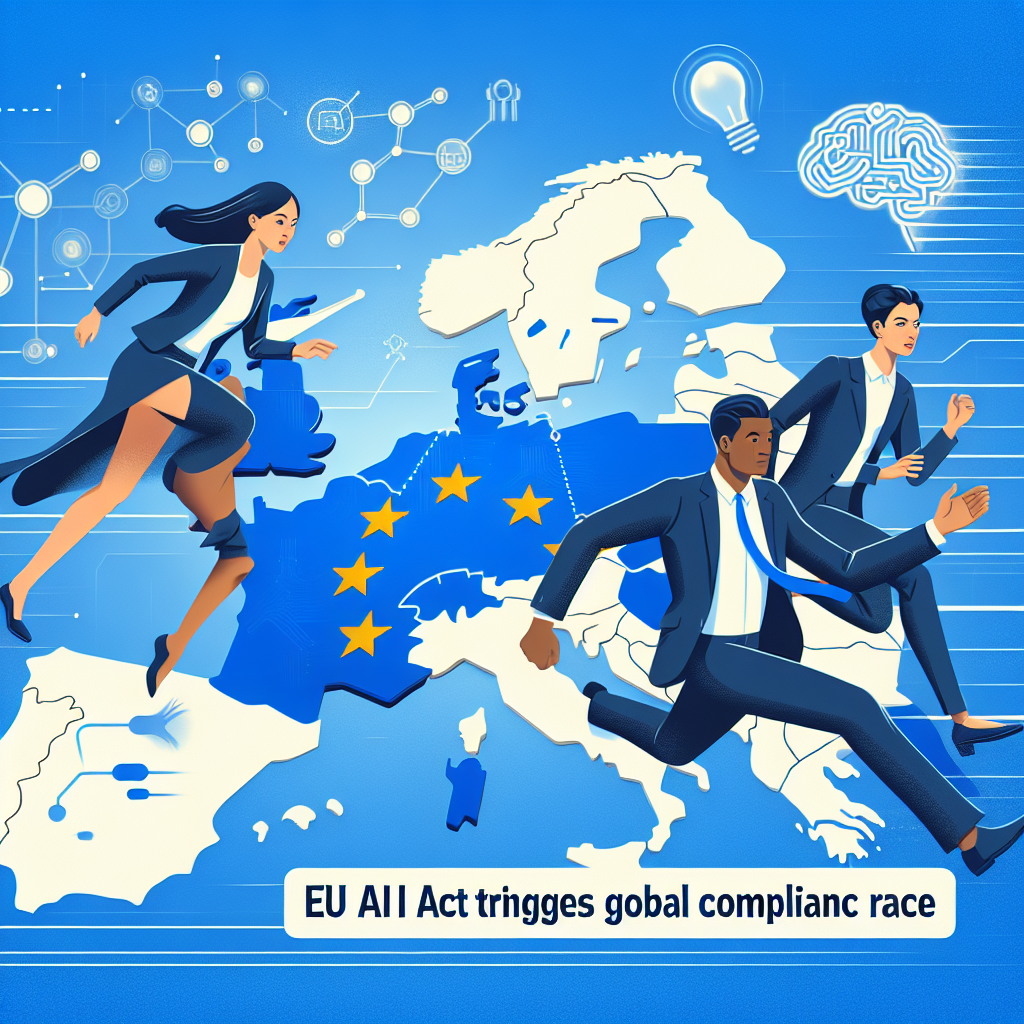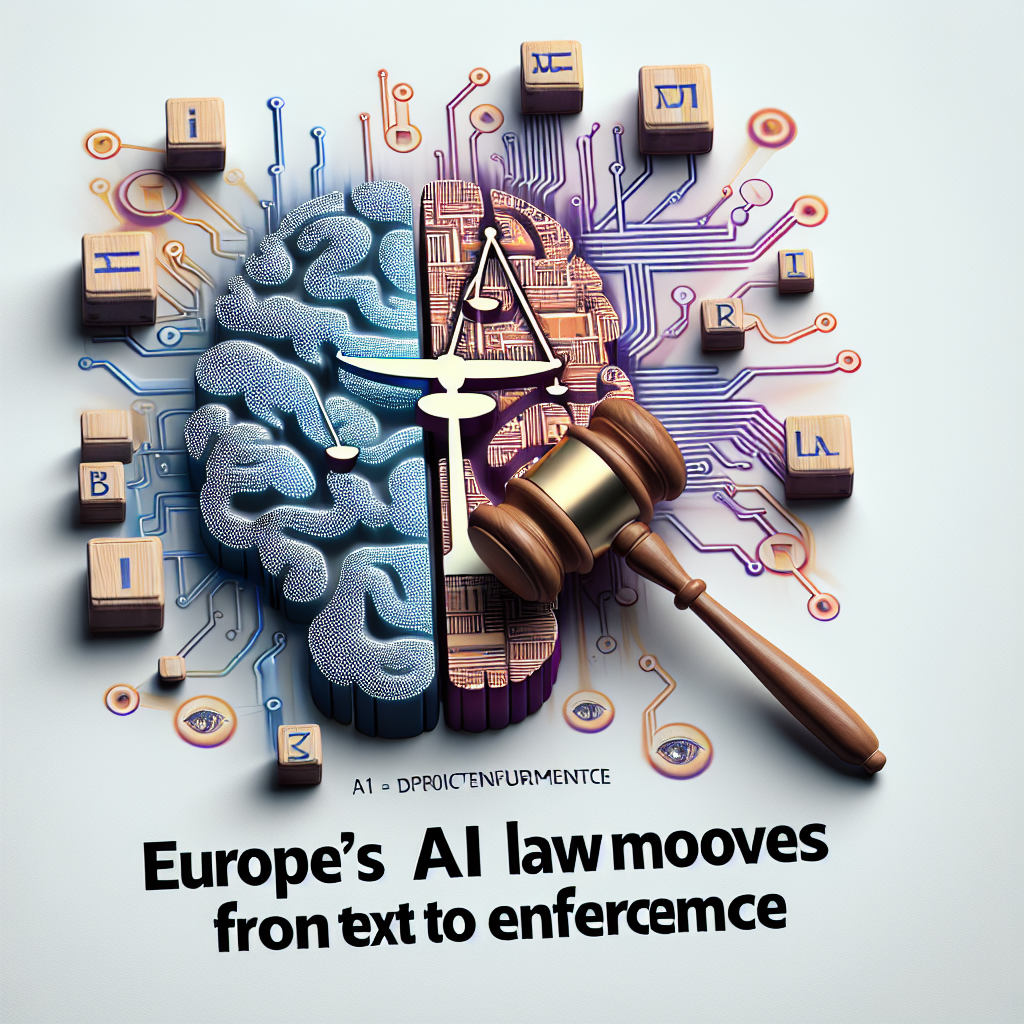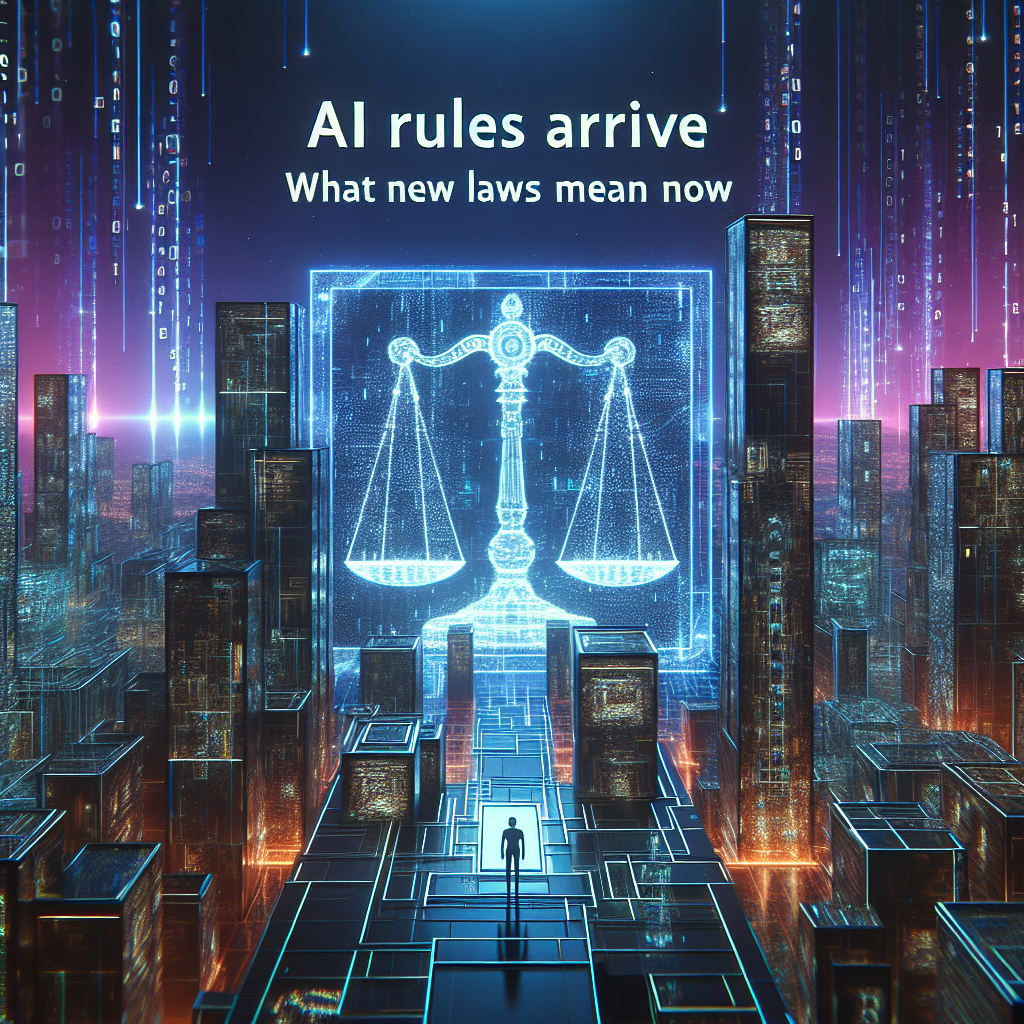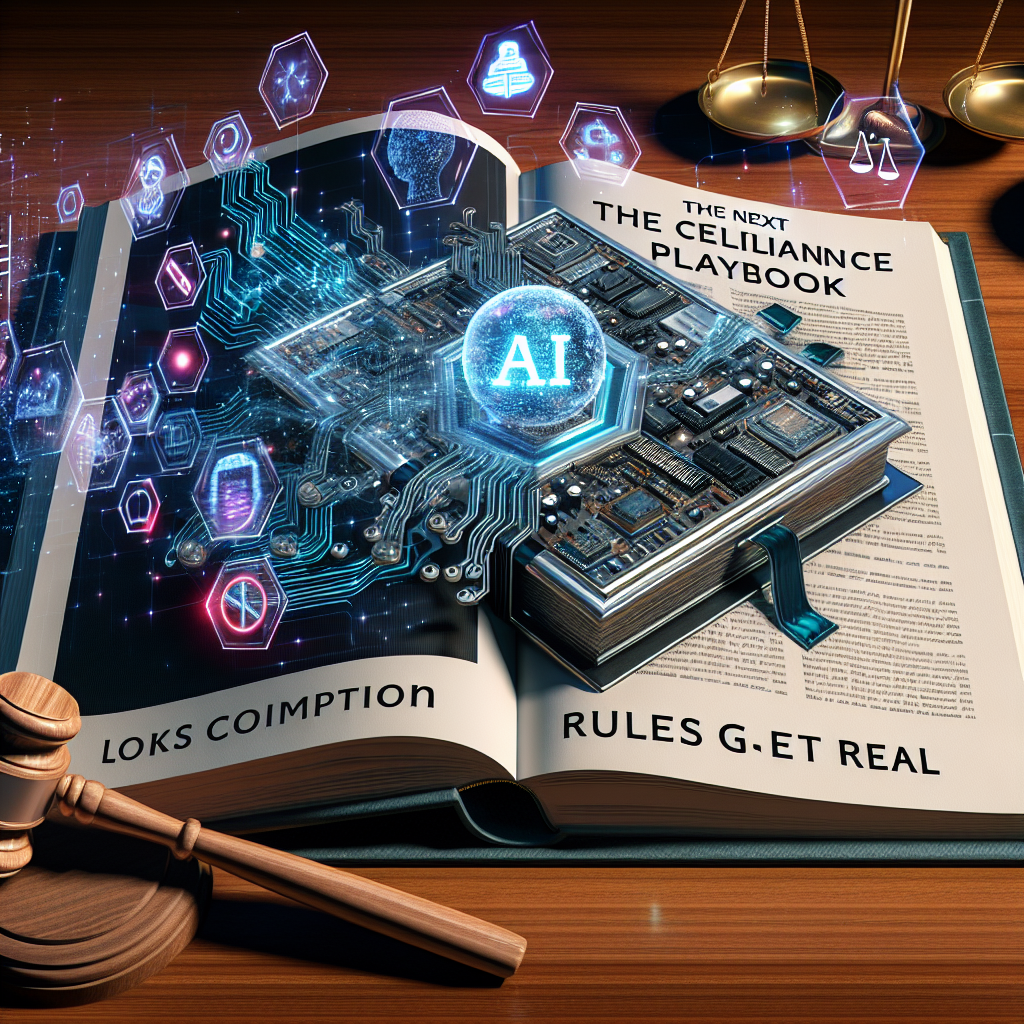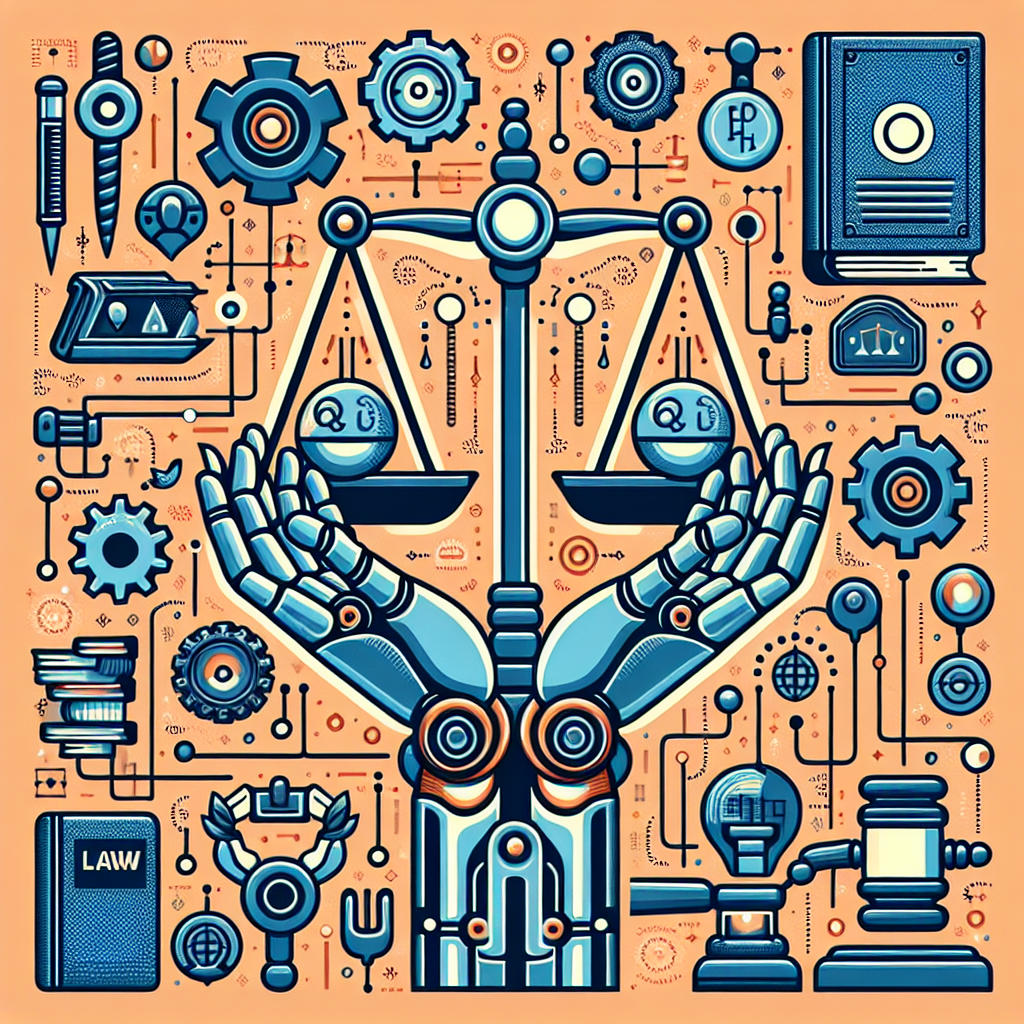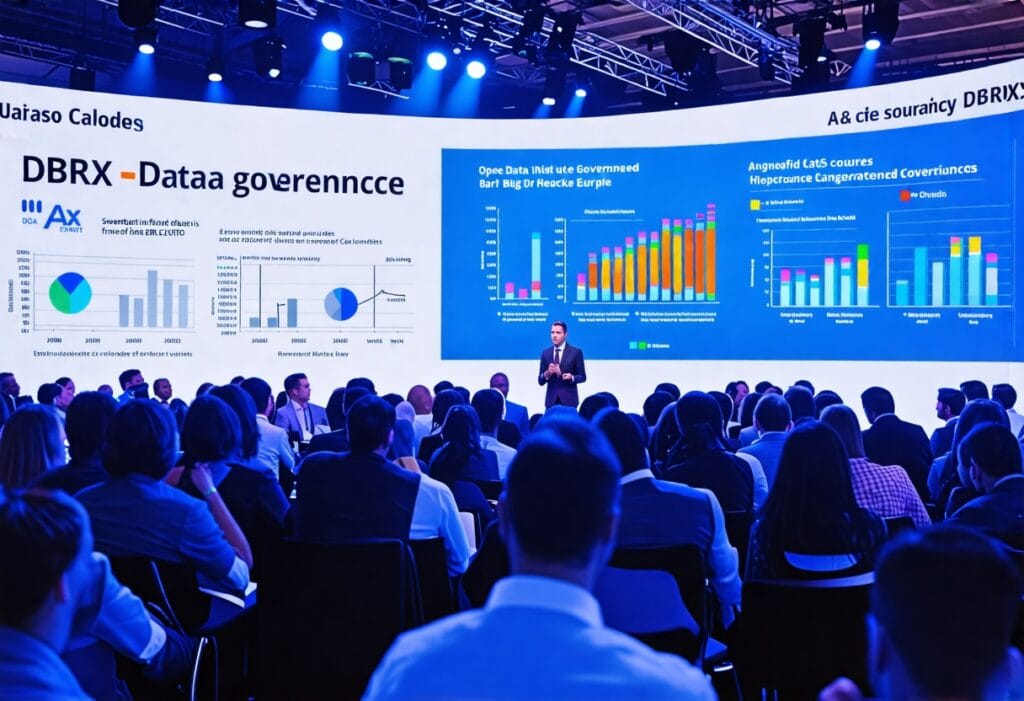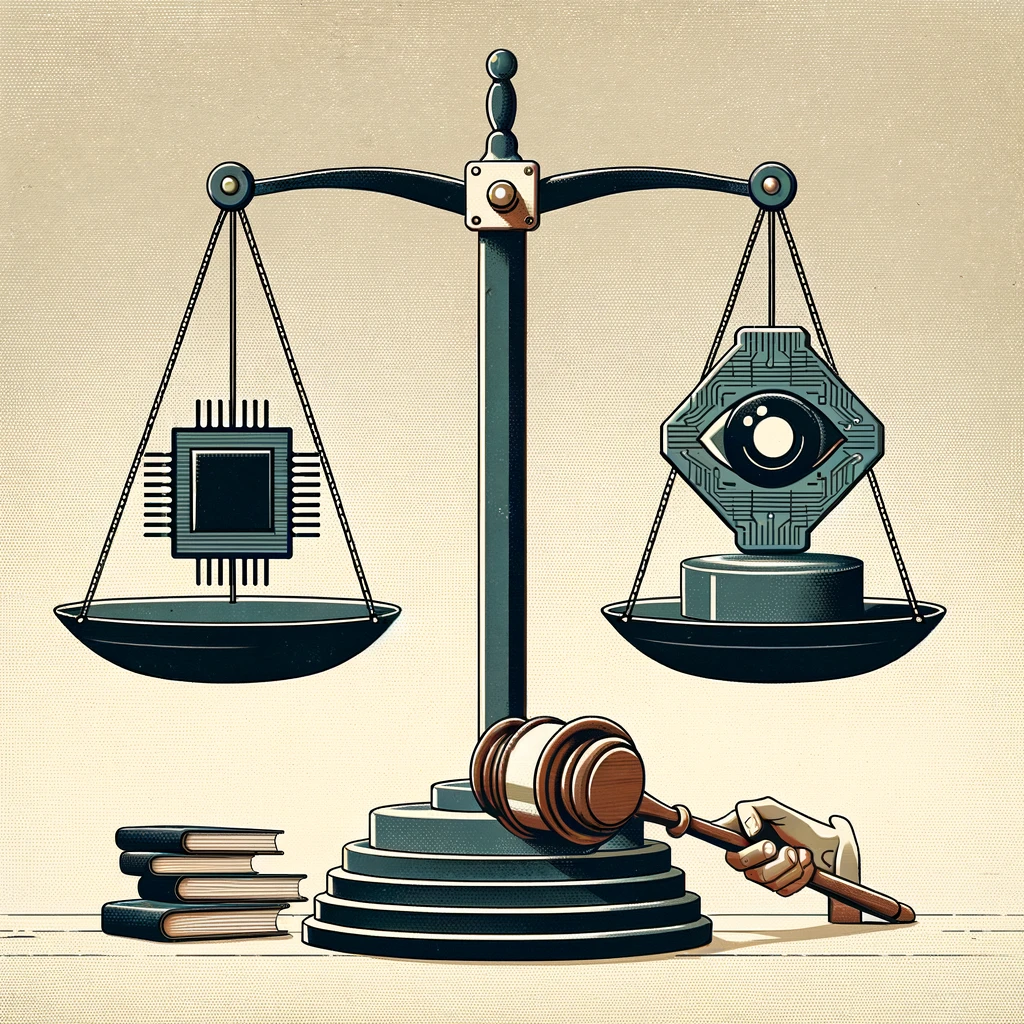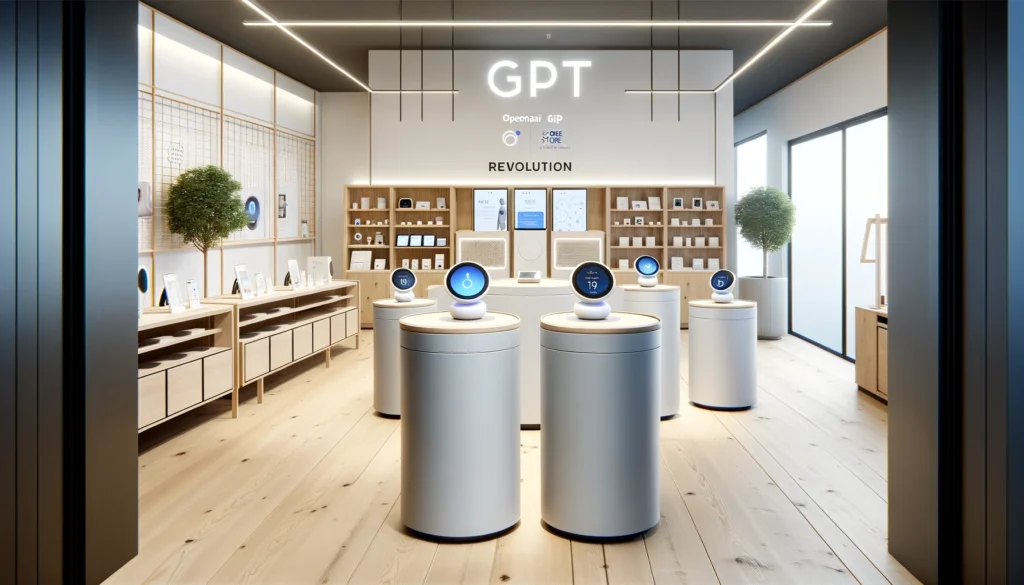EU AI Act Passes: What Changes for Businesses

Europe approves first comprehensive AI rulebook
Europe has approved the Artificial Intelligence Act, the world’s first comprehensive law governing artificial intelligence. Lawmakers in the European Parliament backed the measure in 2024 after years of negotiations. The law introduces a risk-based framework for AI, sets obligations for developers and deployers, and creates new oversight structures. Supporters say it will build trust and protect rights. Critics warn about compliance costs and uncertainty for fast-moving technology.
What the law does
The AI Act classifies systems by risk and ties obligations to their potential impact. This approach is intended to protect safety and fundamental rights while allowing low-risk uses to flourish. The European Commission has described the goal as ensuring AI in Europe is “safe, secure and trustworthy” and aligned with existing laws on data, consumer protection, and non-discrimination.
- Unacceptable risk: Practices deemed too dangerous are prohibited. These include social scoring by public authorities and certain manipulative uses of AI that can cause significant harm. Some uses of biometric systems are tightly restricted, and any deployment in public spaces faces strict safeguards.
- High risk: Systems that affect critical areas — such as medical devices, critical infrastructure, employment, essential services, law enforcement, and justice — must meet strict obligations. These include risk management processes, high-quality data, documentation, human oversight, accuracy, and cybersecurity. Providers must conduct conformity assessments and monitor systems after deployment.
- Limited risk: Systems that interact with people or generate content must meet transparency rules. For example, users should be informed when they are interacting with an AI system or when content is AI-generated, helping to address deepfakes and synthetic media.
- Minimal risk: Most AI uses, such as spam filters or game AI, face no new obligations under the Act.
The Act also addresses general-purpose AI and foundation models. Providers of these models must follow transparency and technical documentation requirements. Models with the potential for systemic risk face extra duties, including testing and risk assessments before release and ongoing monitoring. An EU-level AI Office will coordinate enforcement and guidance, especially for powerful general-purpose models.
Who is affected
The rules apply to organizations that develop, deploy, or distribute AI in the EU market, regardless of where they are based. That includes startups, multinationals, public bodies, and open-source contributors in specific contexts. Sector regulators and national authorities will supervise high-risk uses. The law allows for regulatory sandboxes to help small and medium-sized enterprises test systems under supervision.
- Developers will need to build compliance into the design process. That involves documentation, data governance, and evaluation of risks and biases.
- Deployers, such as hospitals or banks using AI, will share responsibilities. They must use systems appropriately, maintain oversight, and report serious incidents.
- General-purpose model providers will have to publish summaries of training data, test for safety and cybersecurity, and cooperate with regulators.
Timeline and penalties
The law will enter into force after publication and then phase in. Bans on the most harmful practices are set to take effect first. Most high-risk obligations will apply after a longer transition, giving organizations time to adapt. Requirements for general-purpose models will also be phased in, with detailed guidance expected from the AI Office.
Penalties escalate with the severity of violations. The most serious breaches can trigger fines that, according to the final compromise, can reach up to a significant percentage of a company’s global annual turnover. Lesser breaches face lower ceilings. National authorities can also order corrective measures or withdraw non-compliant products.
Why it matters
The EU AI Act sets a regulatory benchmark. Like the General Data Protection Regulation, it is likely to influence how companies build and ship products worldwide. Firms may choose to meet EU standards globally to avoid fragmentation. This could reshape how organizations manage data quality, model evaluation, and human oversight.
The law arrives amid accelerating AI adoption. Businesses are integrating generative tools into customer service, coding, and marketing. Governments are exploring AI for public services. At the same time, researchers and advocates warn about risks from bias, misinformation, and misuse. A 2023 public statement by the Center for AI Safety summed up these fears: “Mitigating the risk of extinction from AI should be a global priority alongside other societal-scale risks such as pandemics and nuclear war.”
Support, skepticism, and the global context
Digital rights groups have pushed for clear limits on invasive uses, such as remote biometric identification in public spaces. They say the Act gives people stronger protections and avenues for redress. Industry groups welcome legal certainty but continue to seek clarity on definitions, thresholds for systemic risk, and how obligations will apply to open-source models.
Stephen Hawking, speaking about AI’s long-term implications years before this law, warned: “It would be the best, or the worst thing ever to happen to humanity.” That view captures a debate that has now moved from think tanks to legislative texts. Regulators in the United States, the United Kingdom, and Asia are advancing their own frameworks. The United States has issued a national executive order calling for “safe, secure, and trustworthy” AI, and its standards agency has promoted a risk management framework. The United Kingdom is using a sector-led approach, backed by an AI Safety Institute. The OECD and G7 have released high-level principles, while China has introduced rules on recommendation algorithms and generative systems.
What businesses should do now
- Map your AI portfolio: Identify systems in use or development. Classify by risk and decide whether the company is a provider, deployer, or both.
- Stand up governance: Assign accountable owners. Create an AI risk committee that includes legal, security, and product leaders. Set policies for data sourcing, human oversight, and incident response.
- Document and test: Build technical documentation, training data summaries where required, and evaluation plans. Red-team models for safety and bias. Track performance post-deployment.
- Prepare disclosures: Implement user notices for AI interactions and labels for synthetic media. Train staff on when and how to communicate AI use.
- Engage with regulators: Monitor guidance from the EU AI Office and national authorities. Consider joining regulatory sandboxes for high-risk applications.
Open questions to watch
Several issues will shape the rollout. Regulators must finalize guidance on testing standards, documentation templates, and thresholds for systemic risk. Companies want clarity on how obligations apply to model updates, third-party components, and combined systems. There are also questions about enforcement capacity. National authorities will need resources and technical expertise. The AI Office will have to coordinate across borders and with other regulators, such as data protection authorities and sector supervisors.
Bottom line
The EU AI Act moves the AI debate from principles to practice. It sets rules for high-risk uses, demands transparency for generative tools, and brings powerful models under closer scrutiny. It is neither a ban nor a blank check. It is a bet that clear obligations can reduce harm and build trust without stopping innovation. As the rules phase in, the balance between safety, rights, and competitiveness will be tested in workplaces, hospitals, courts, and code repositories. Companies that invest early in governance and testing are likely to adapt faster — and may find that compliance and innovation can reinforce each other.































